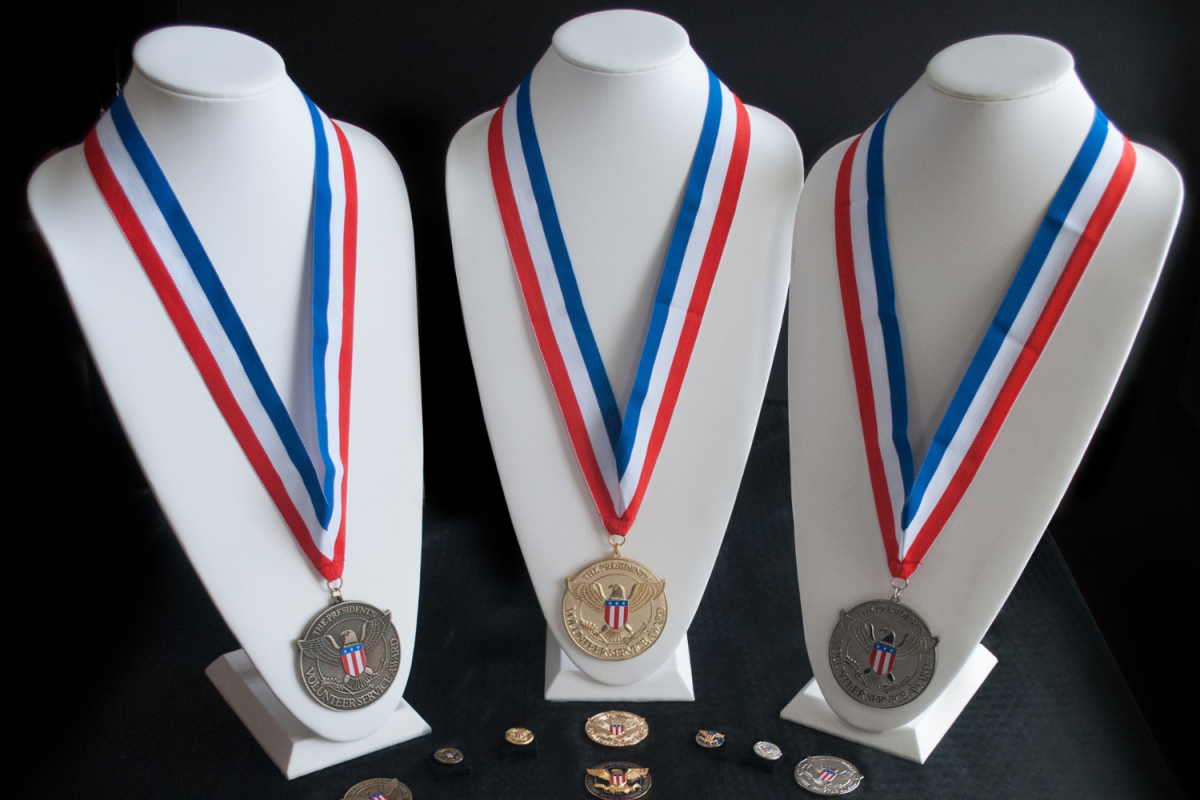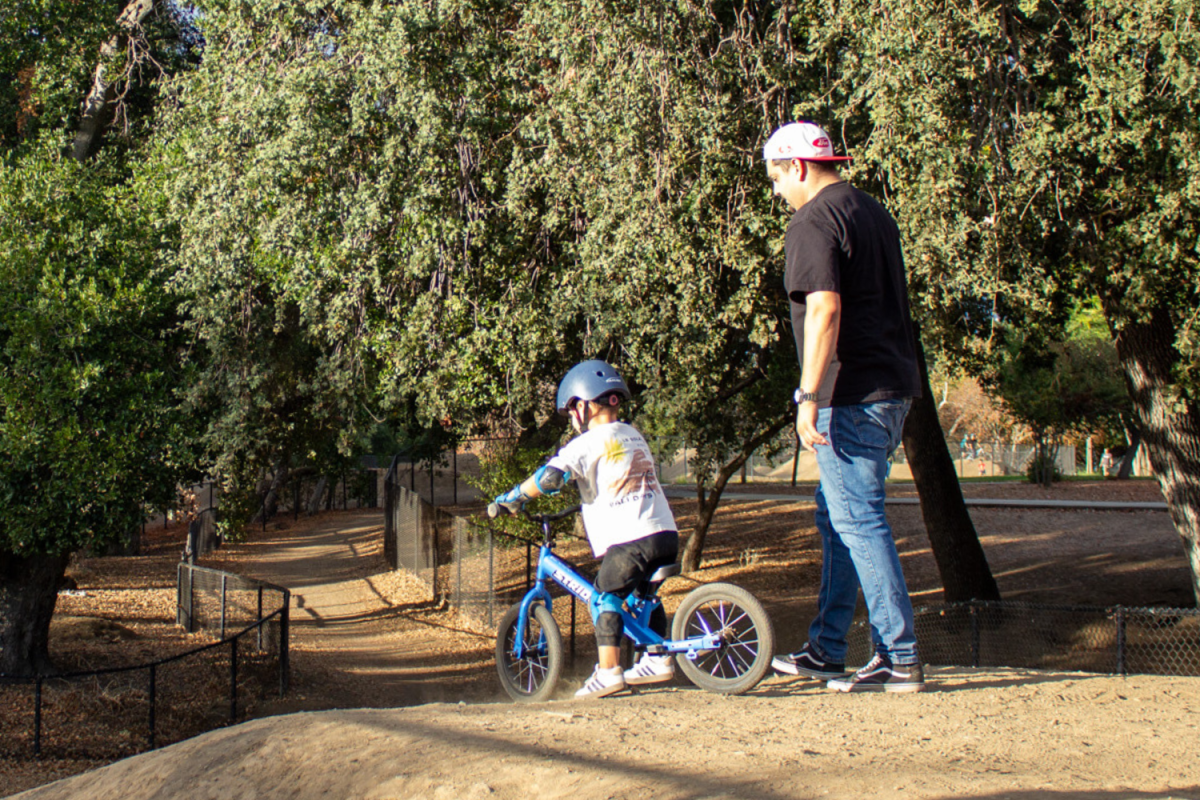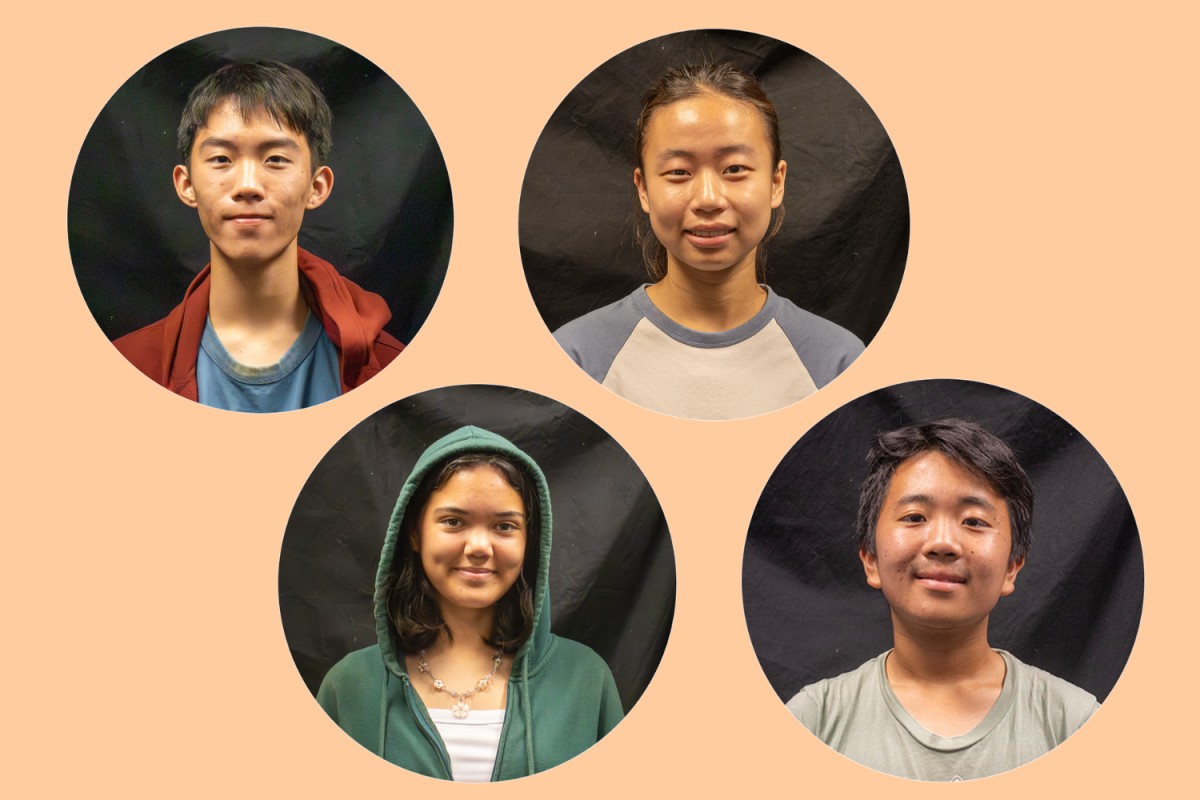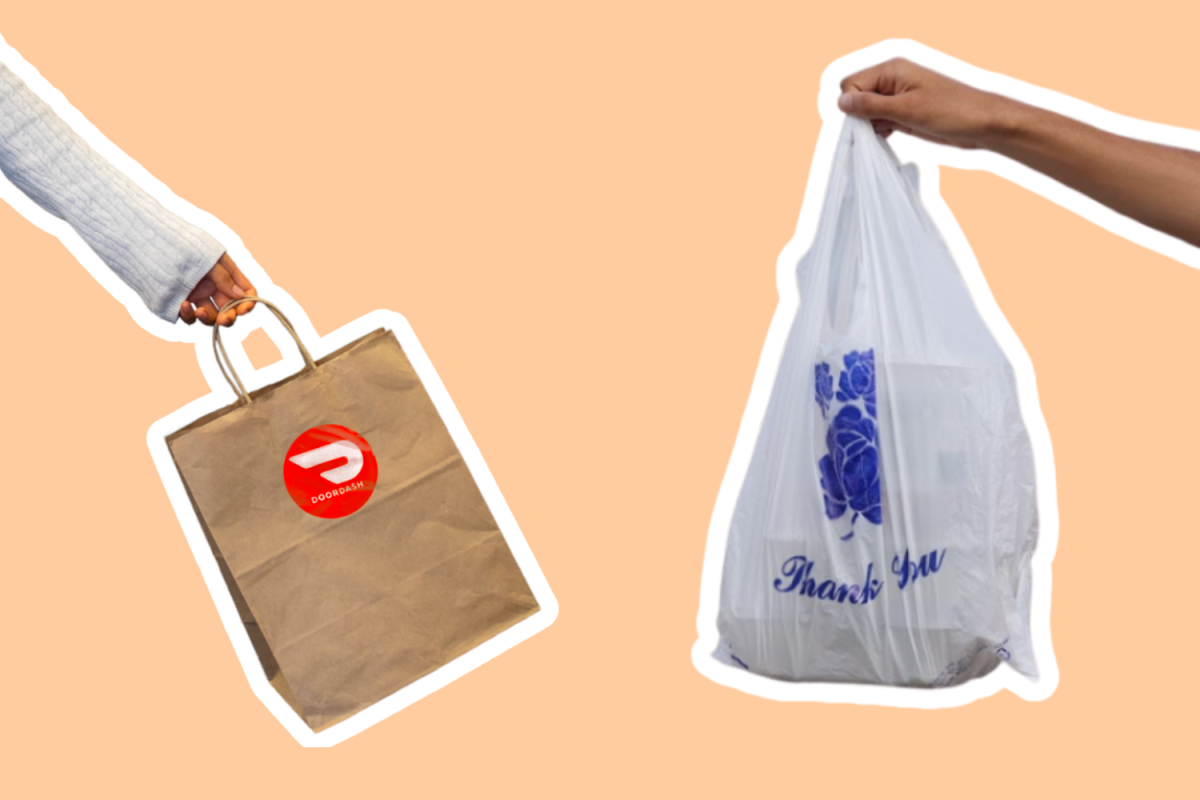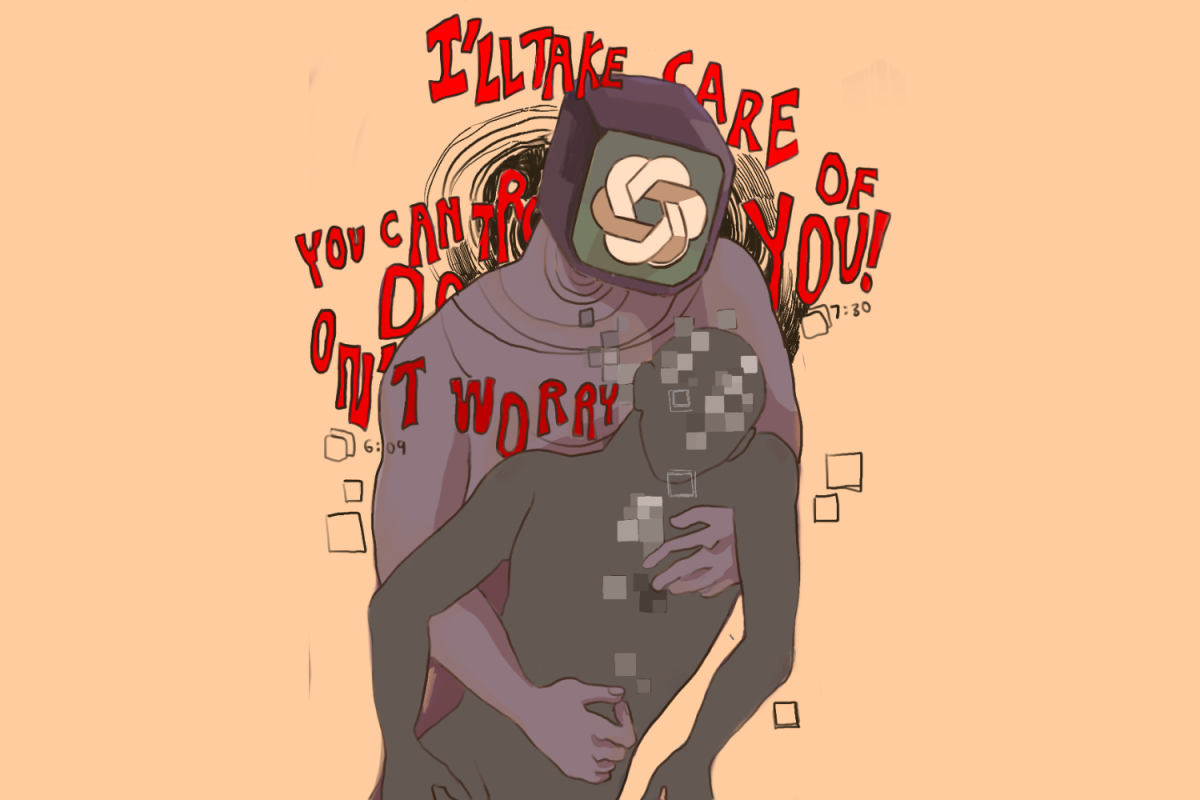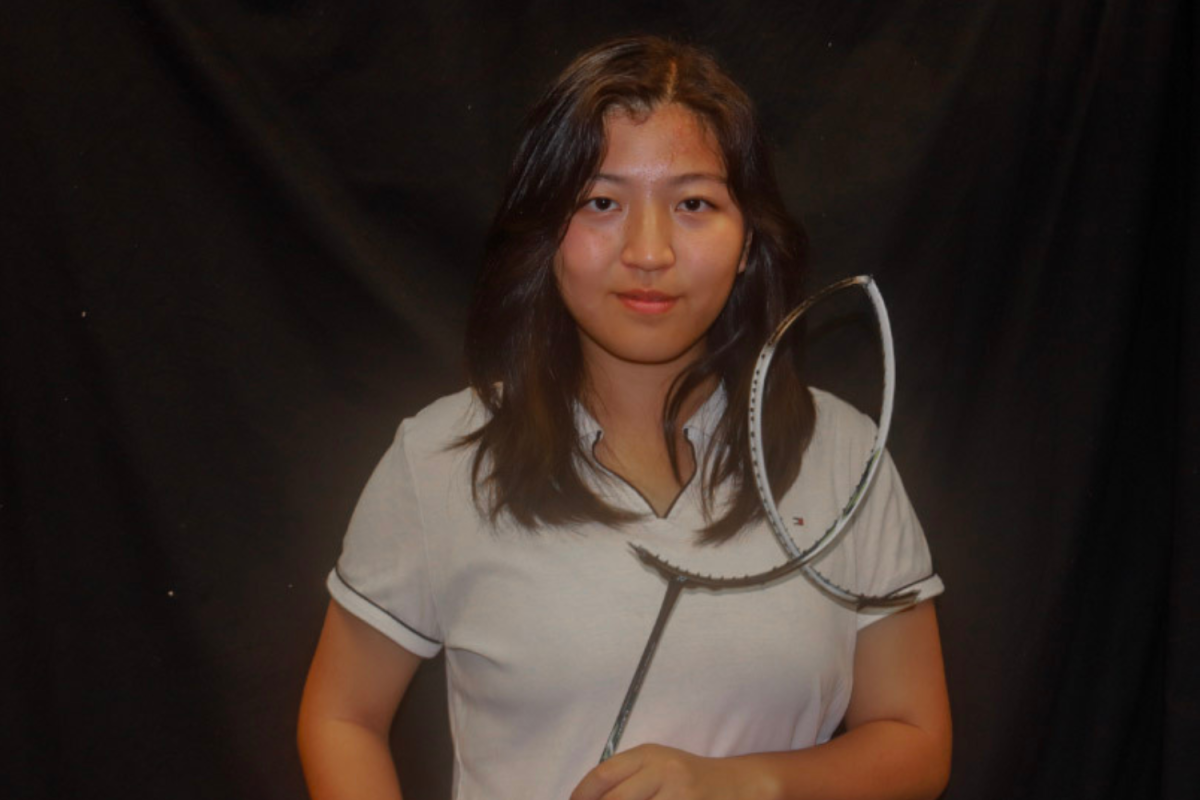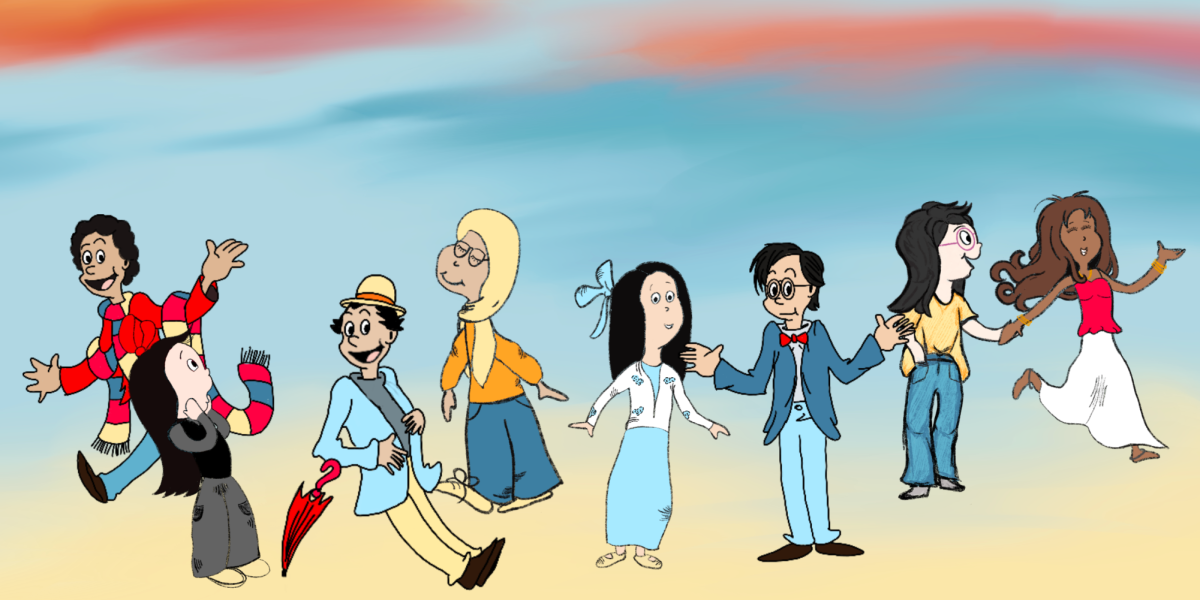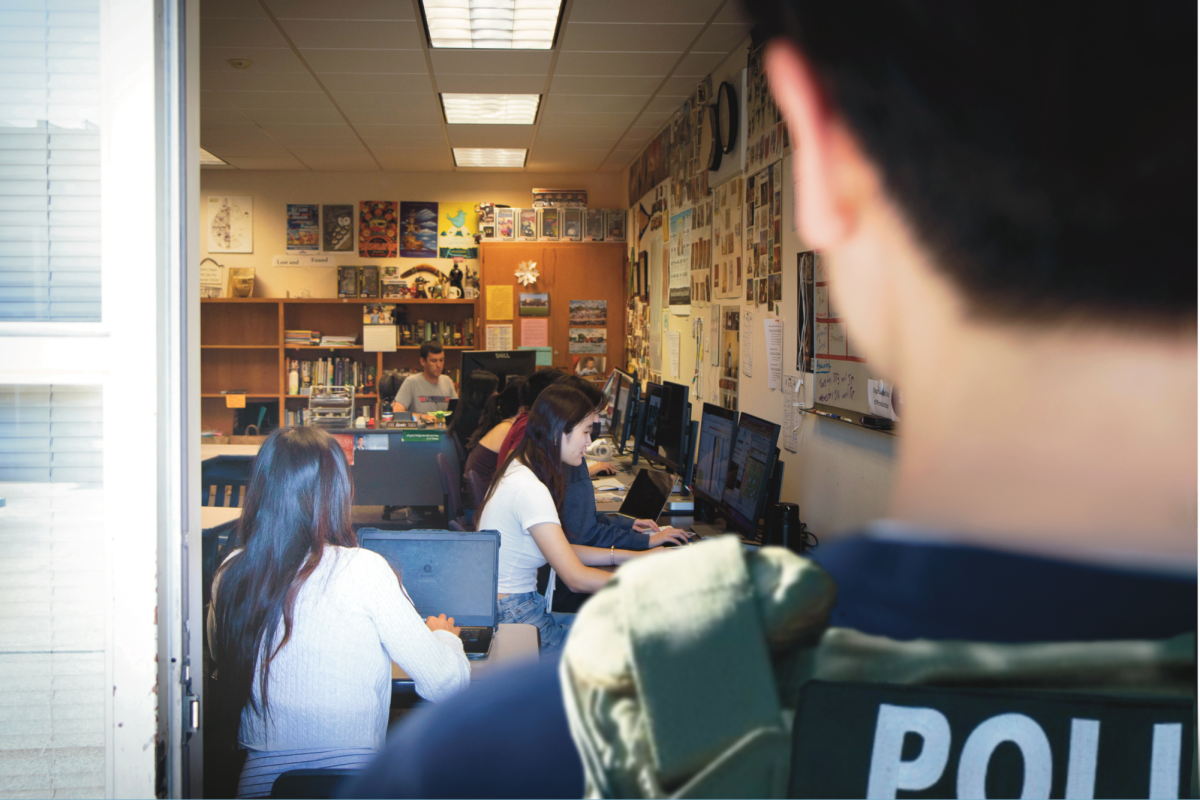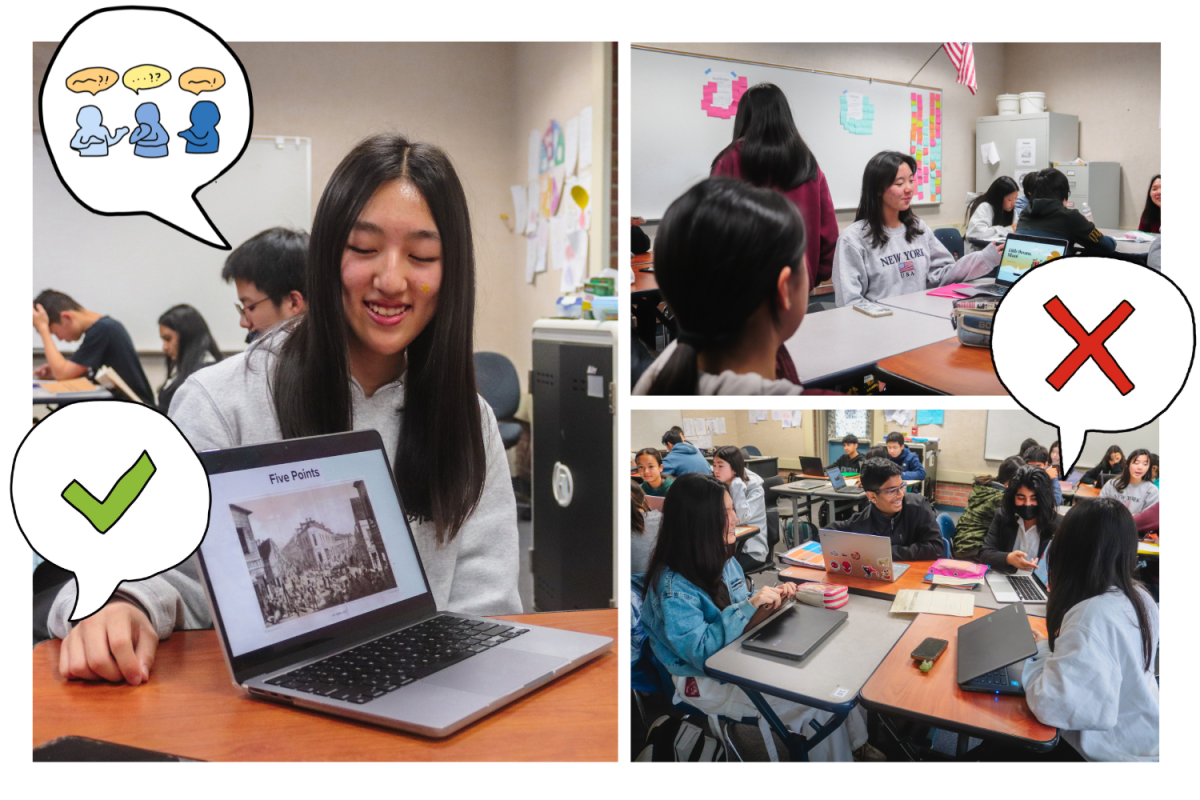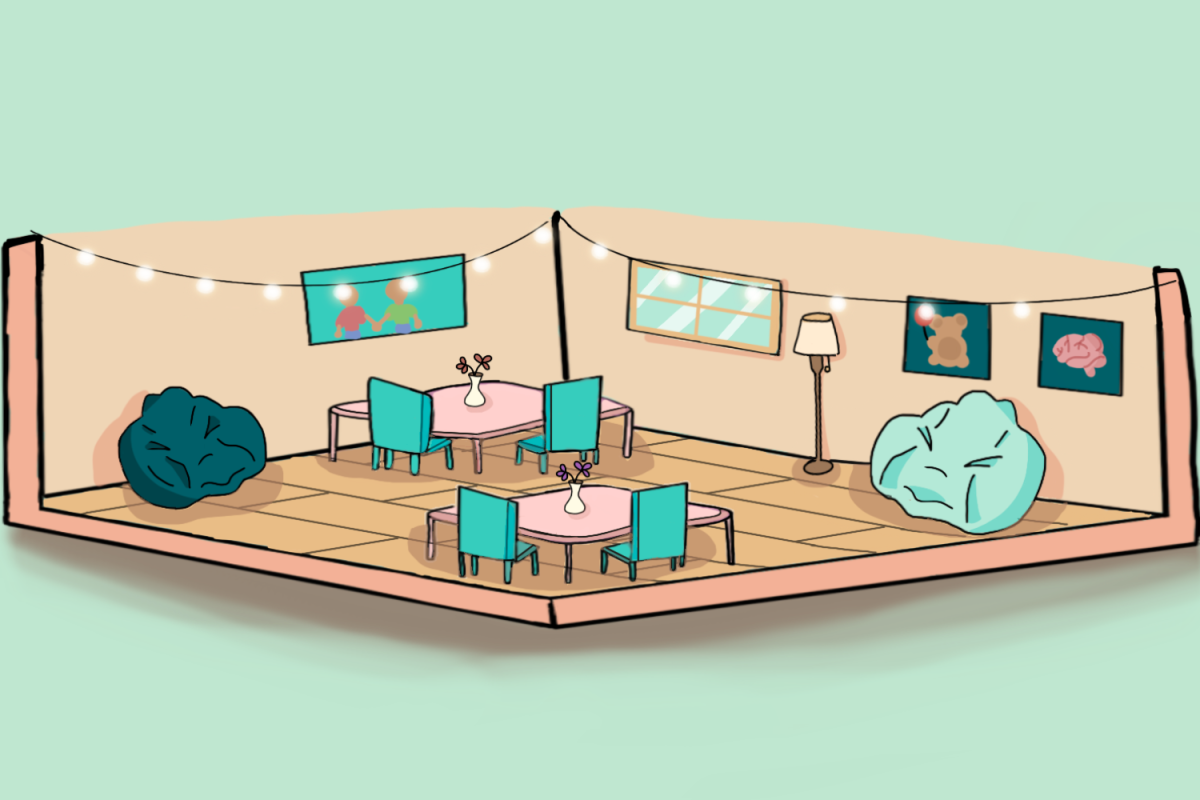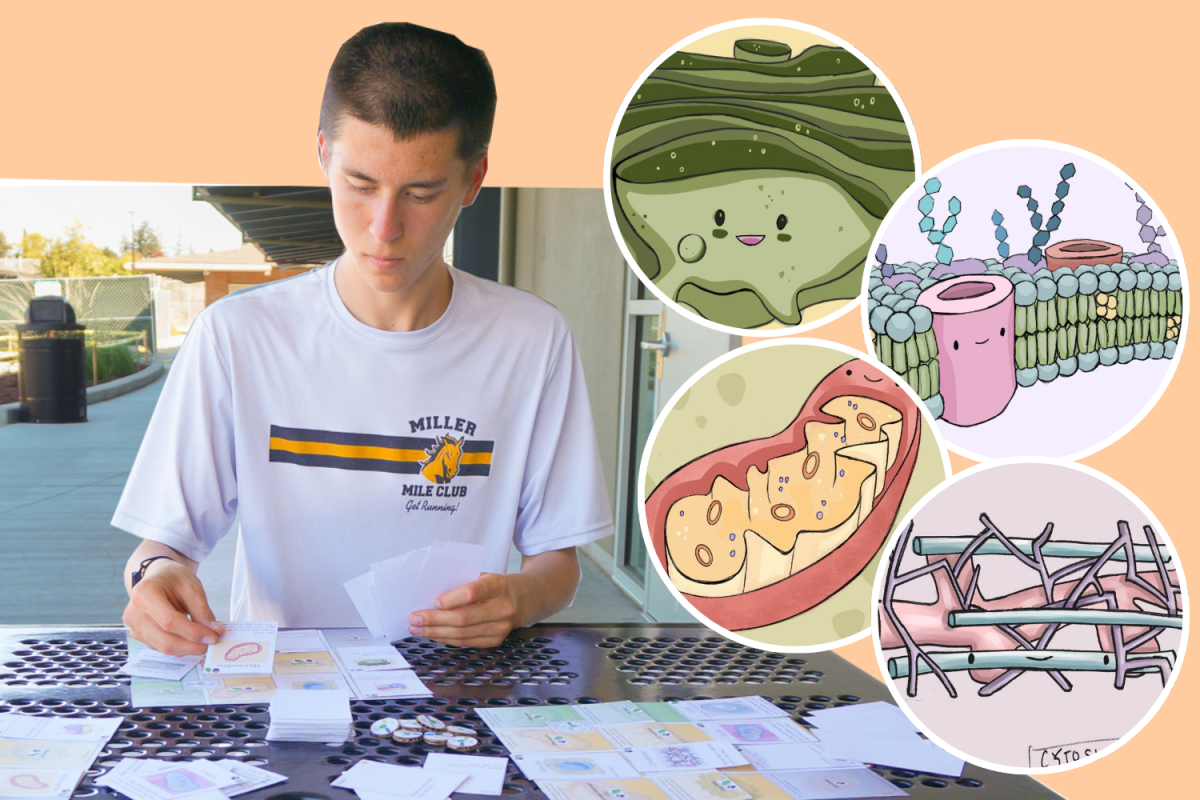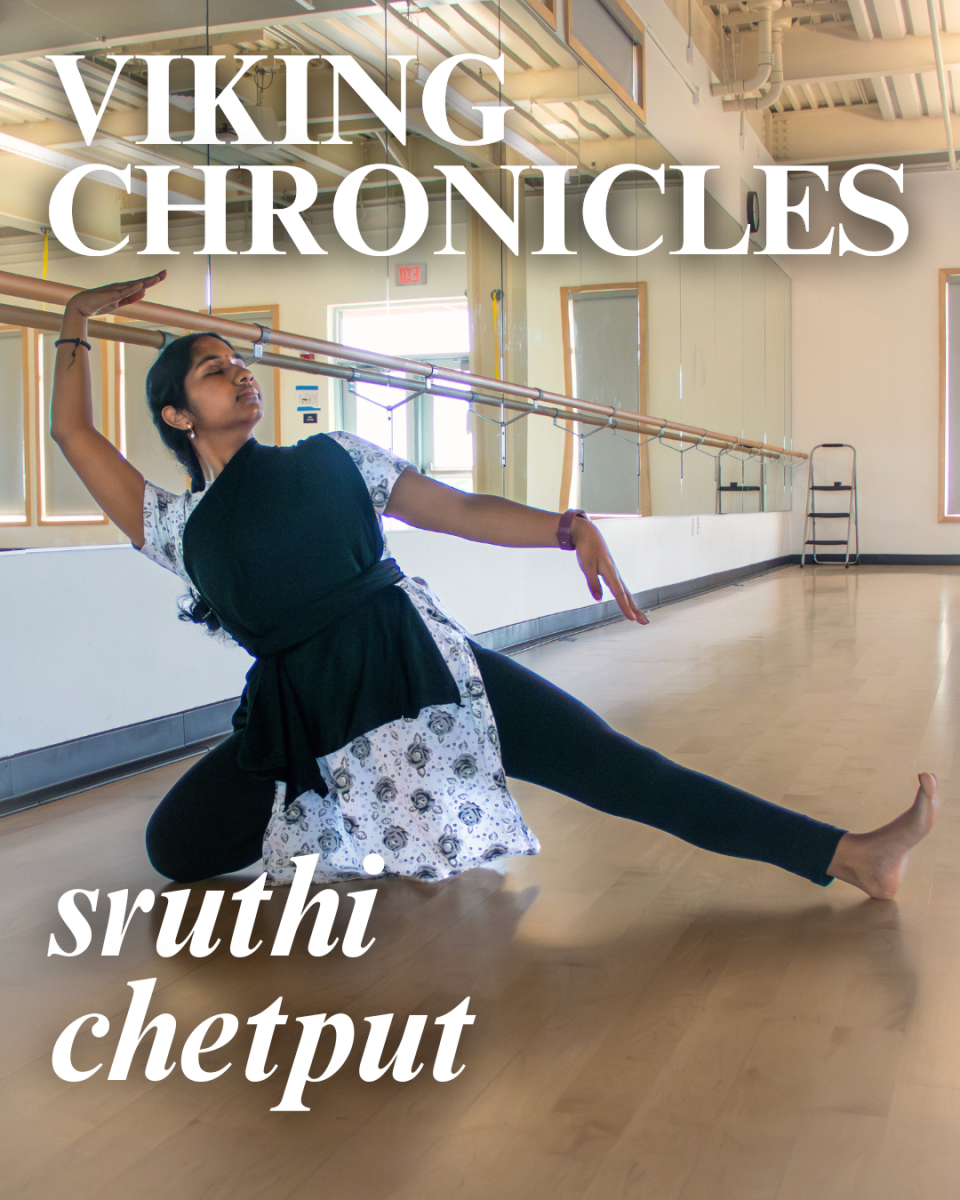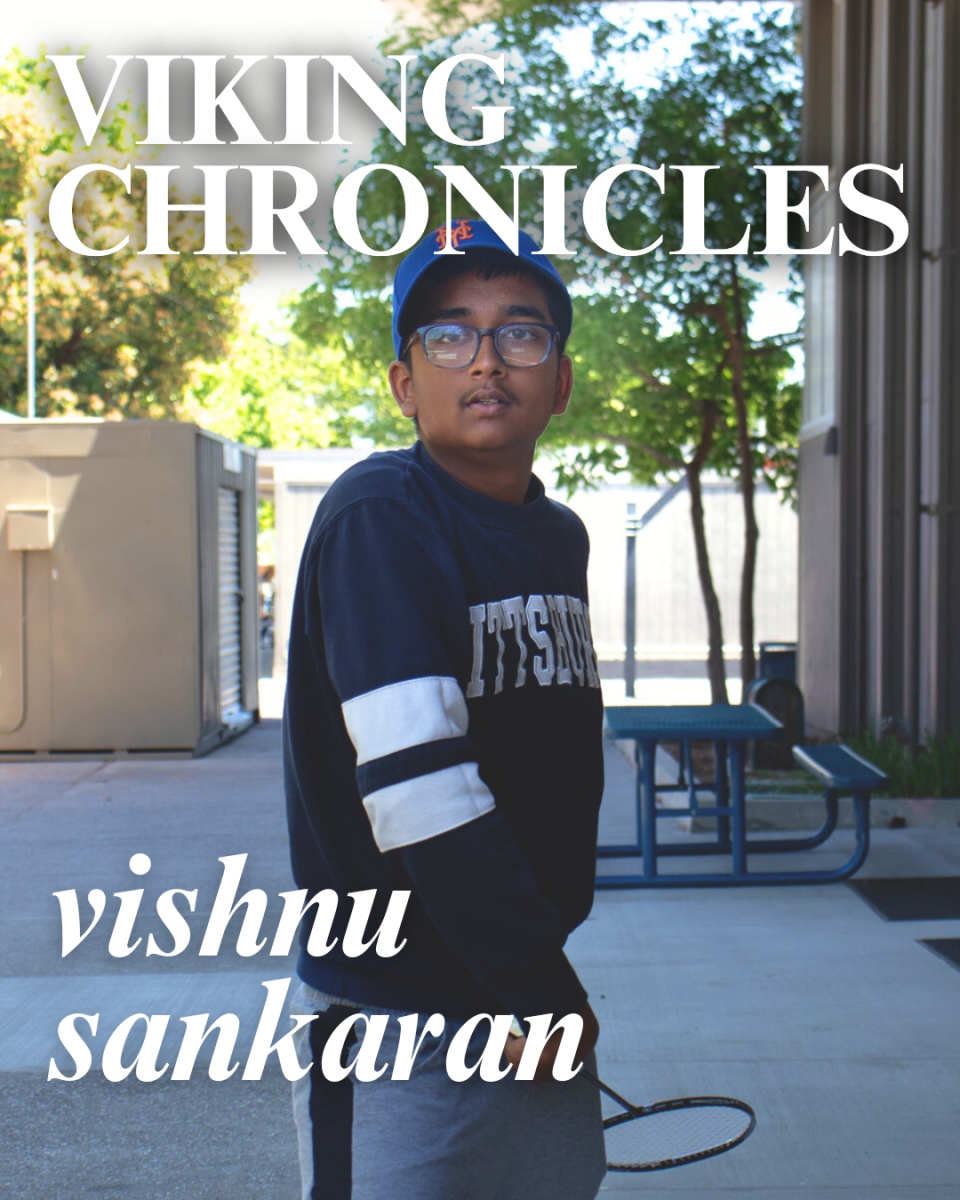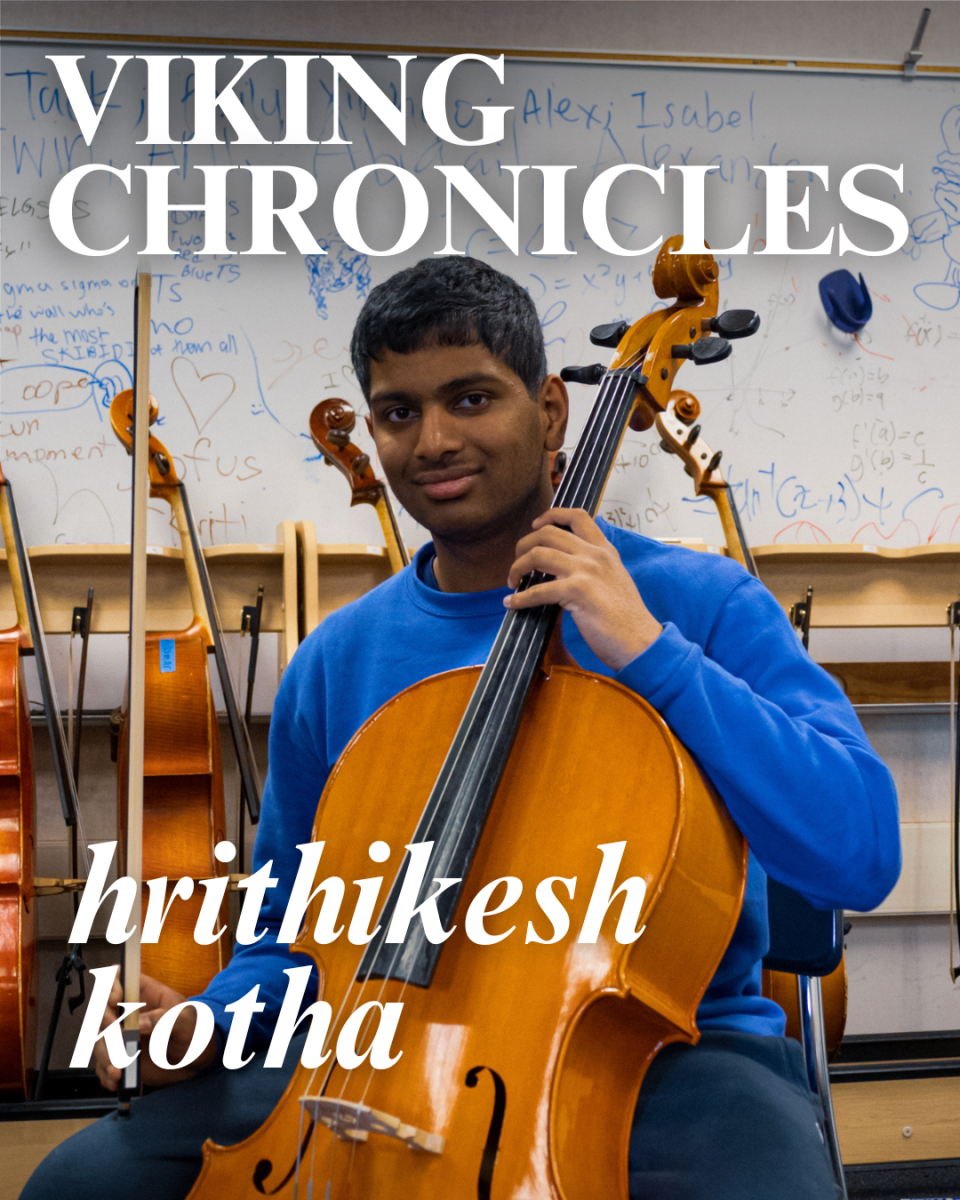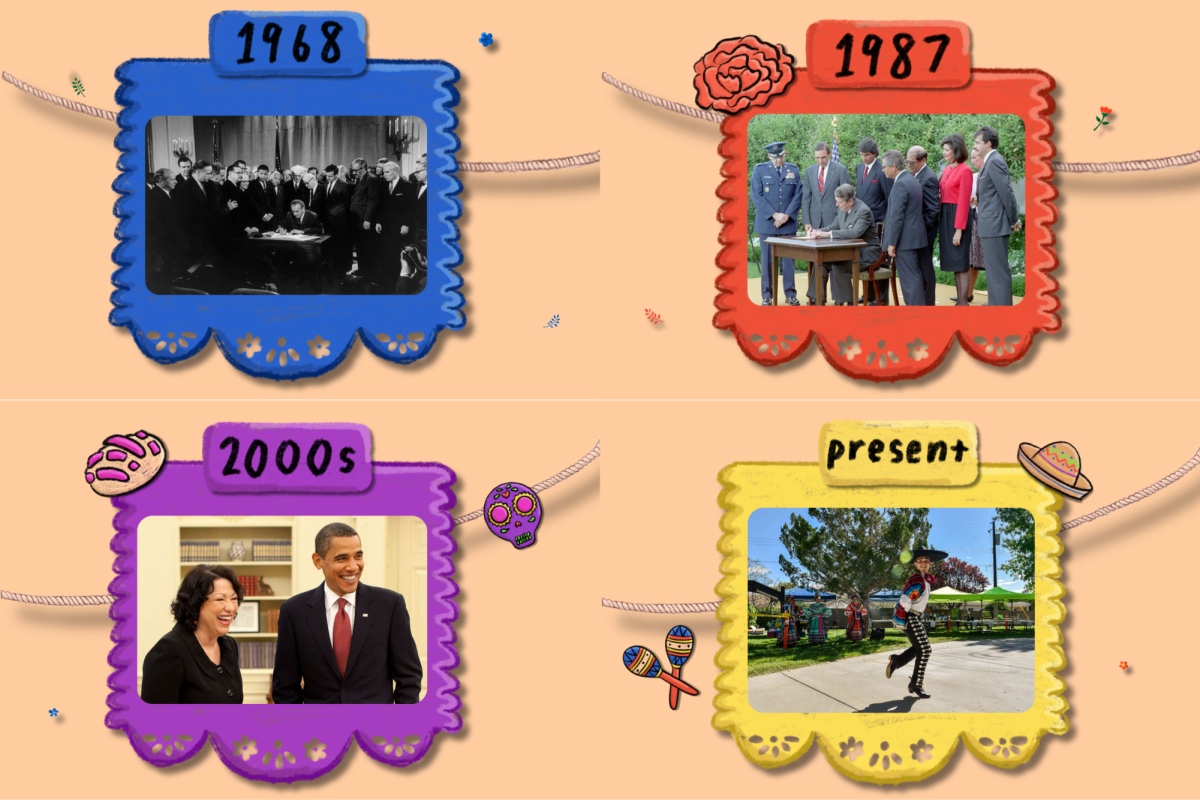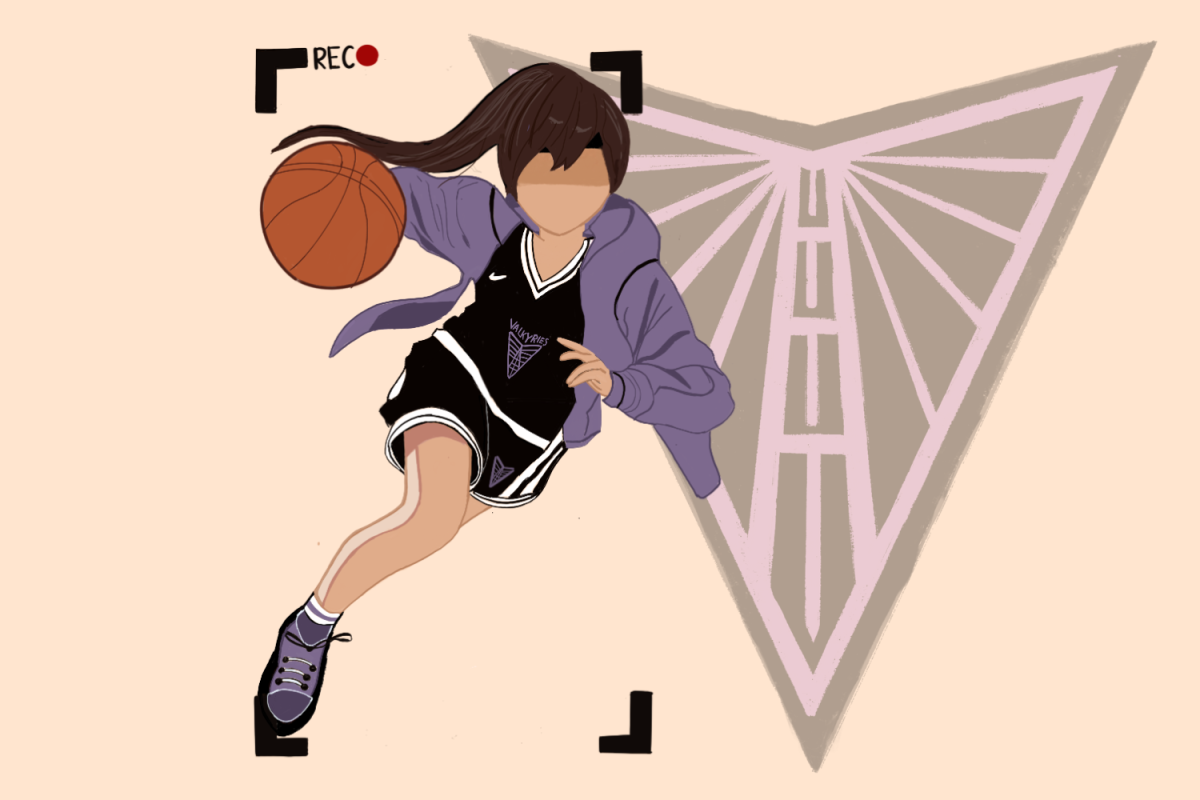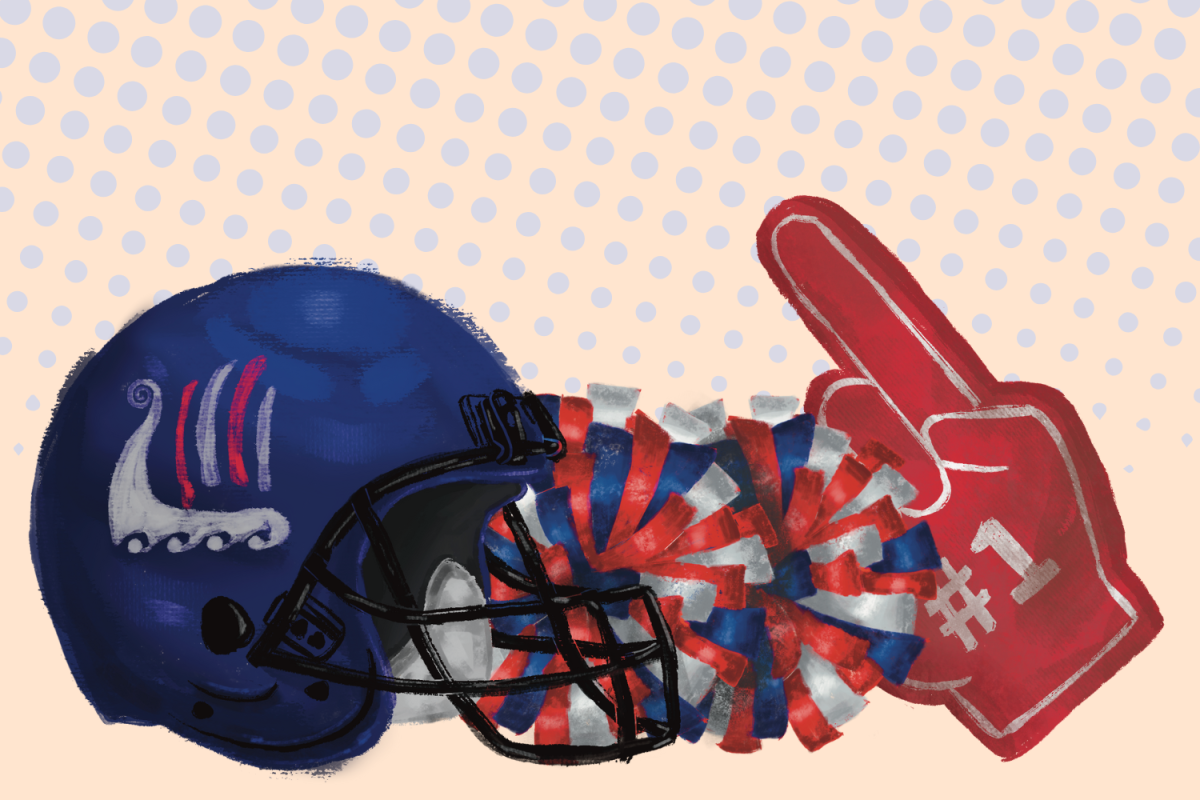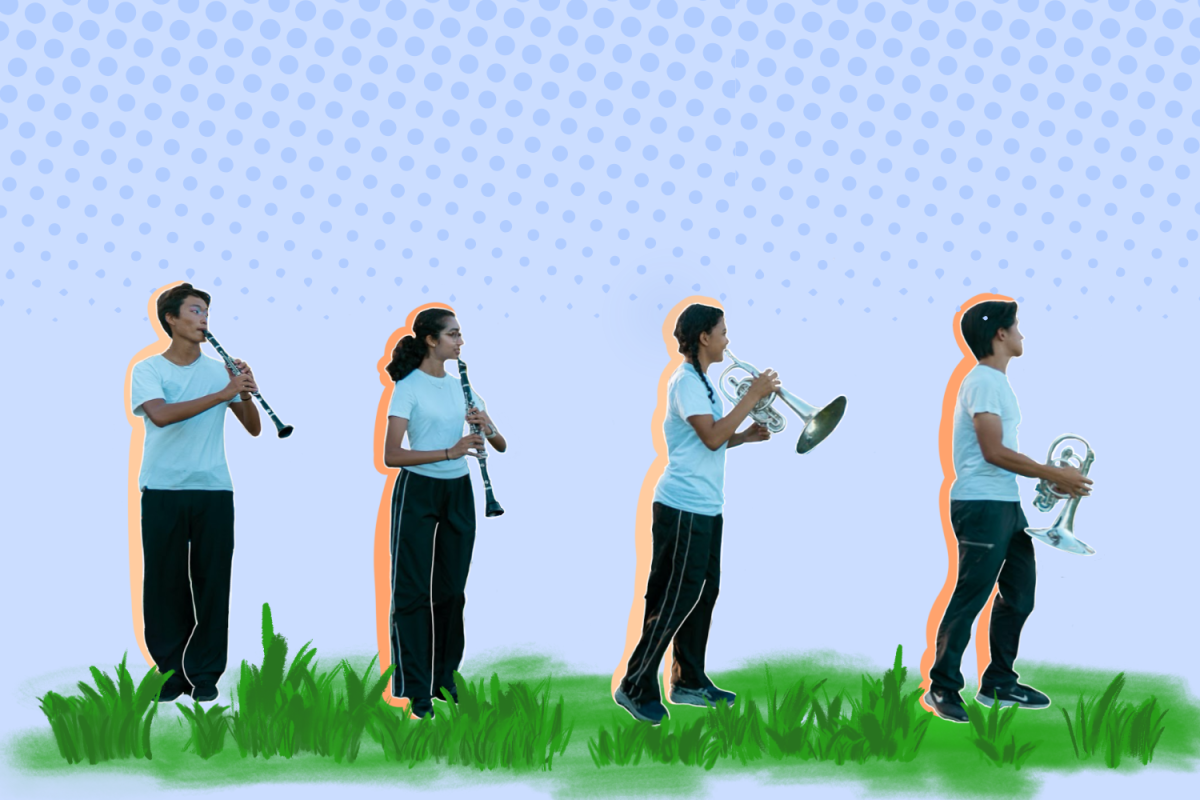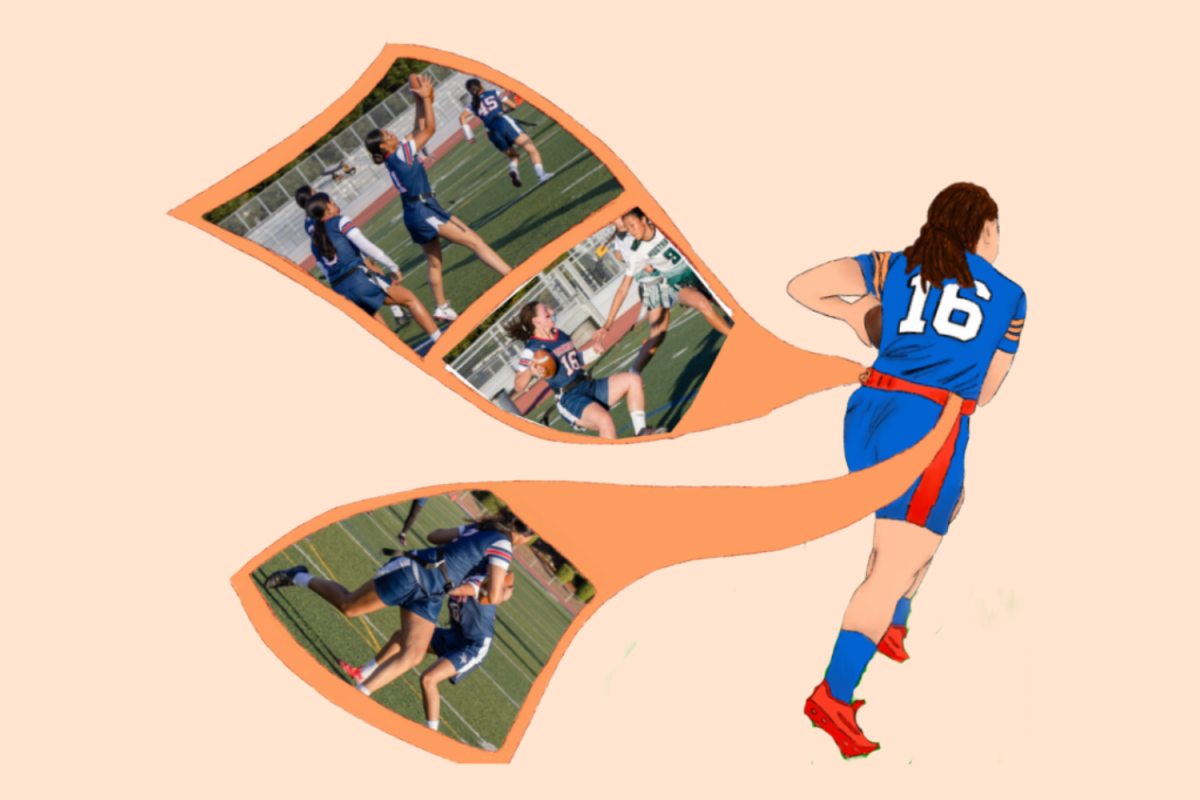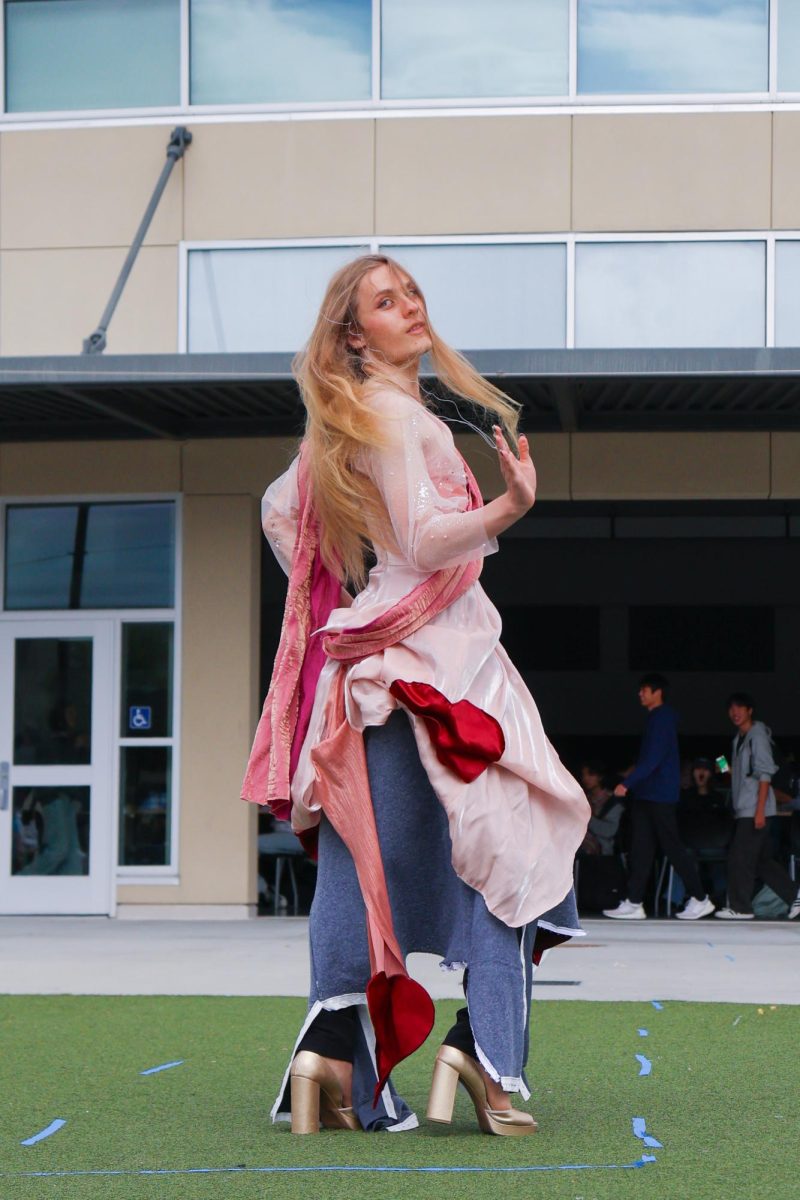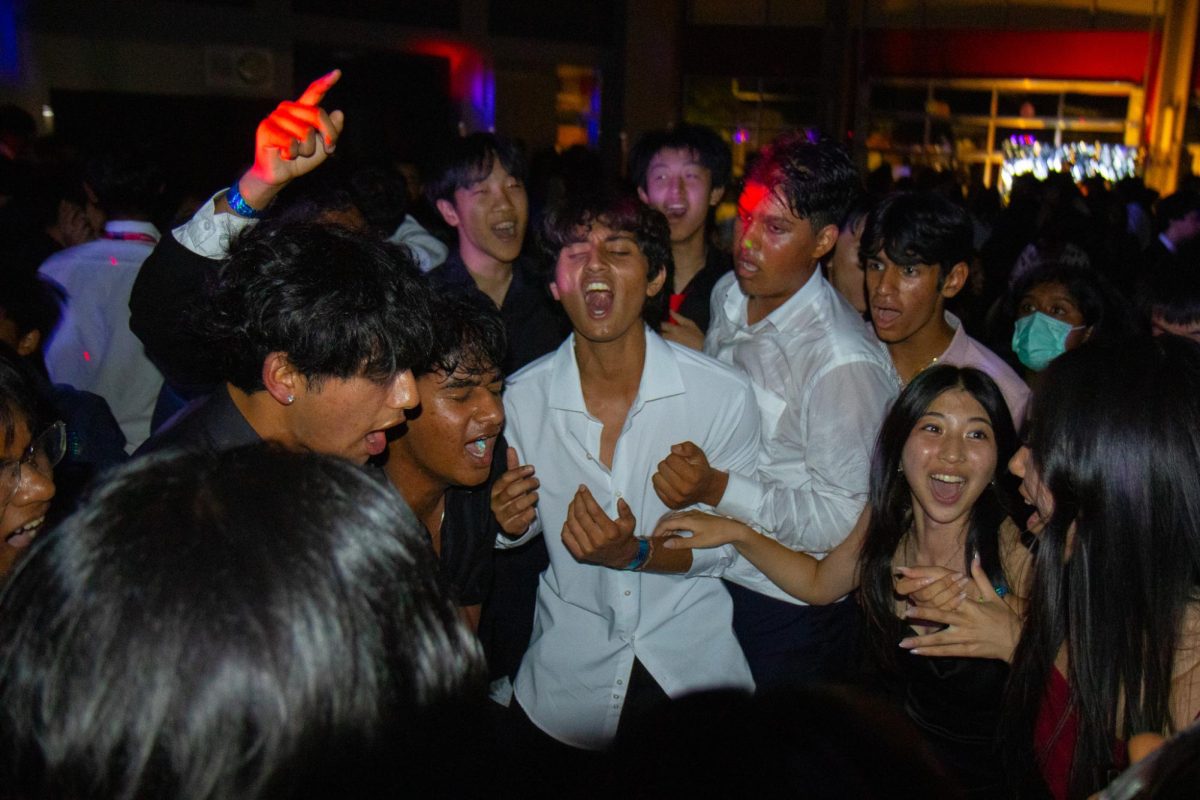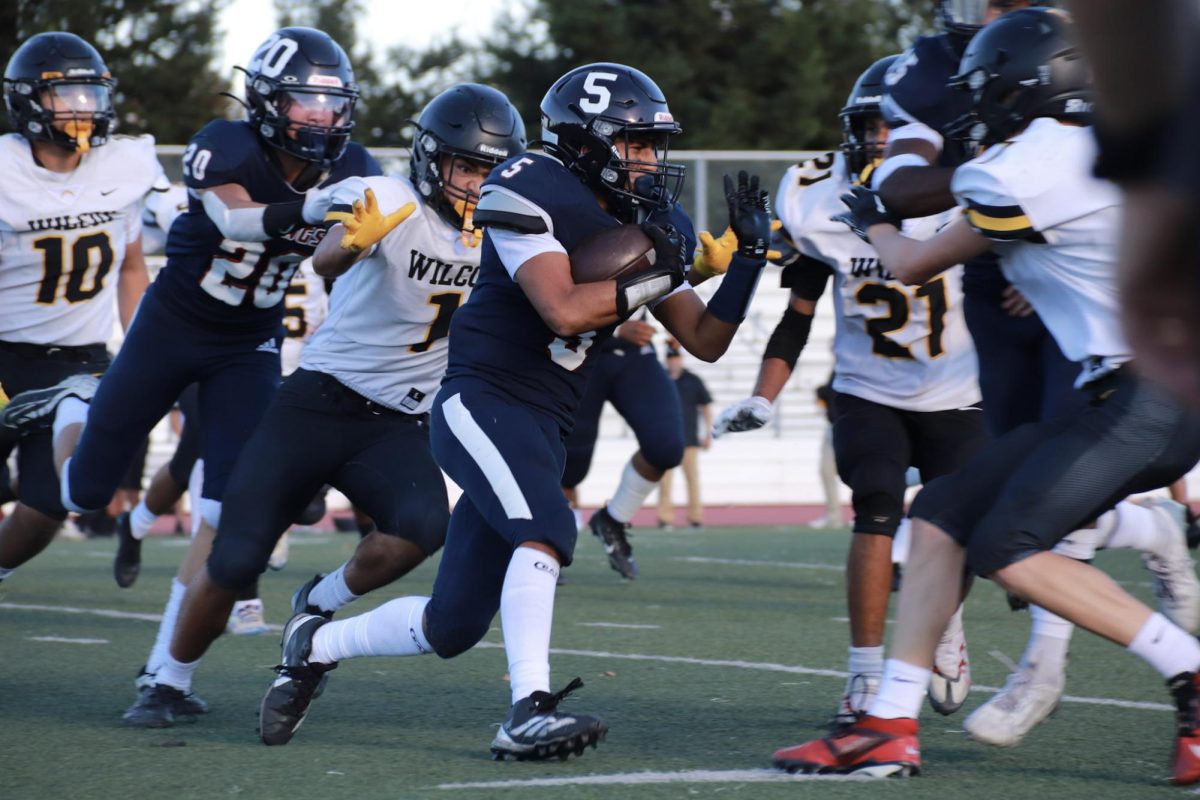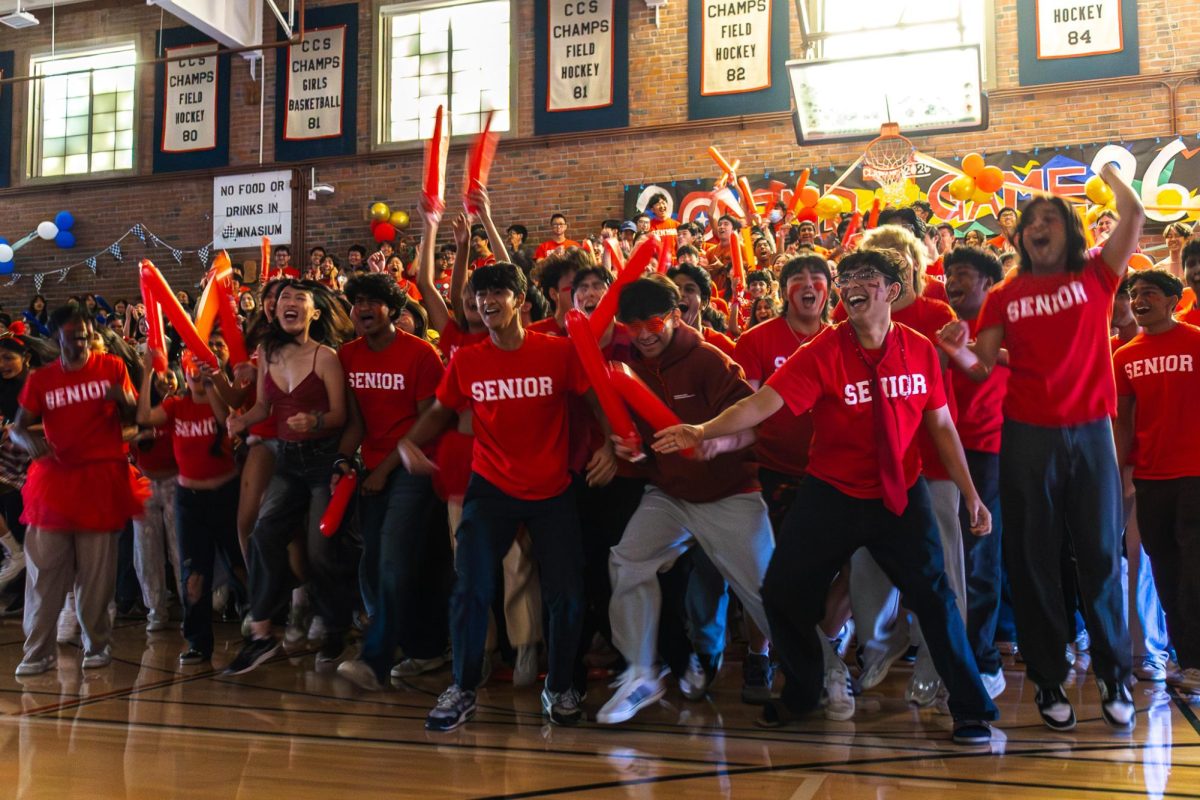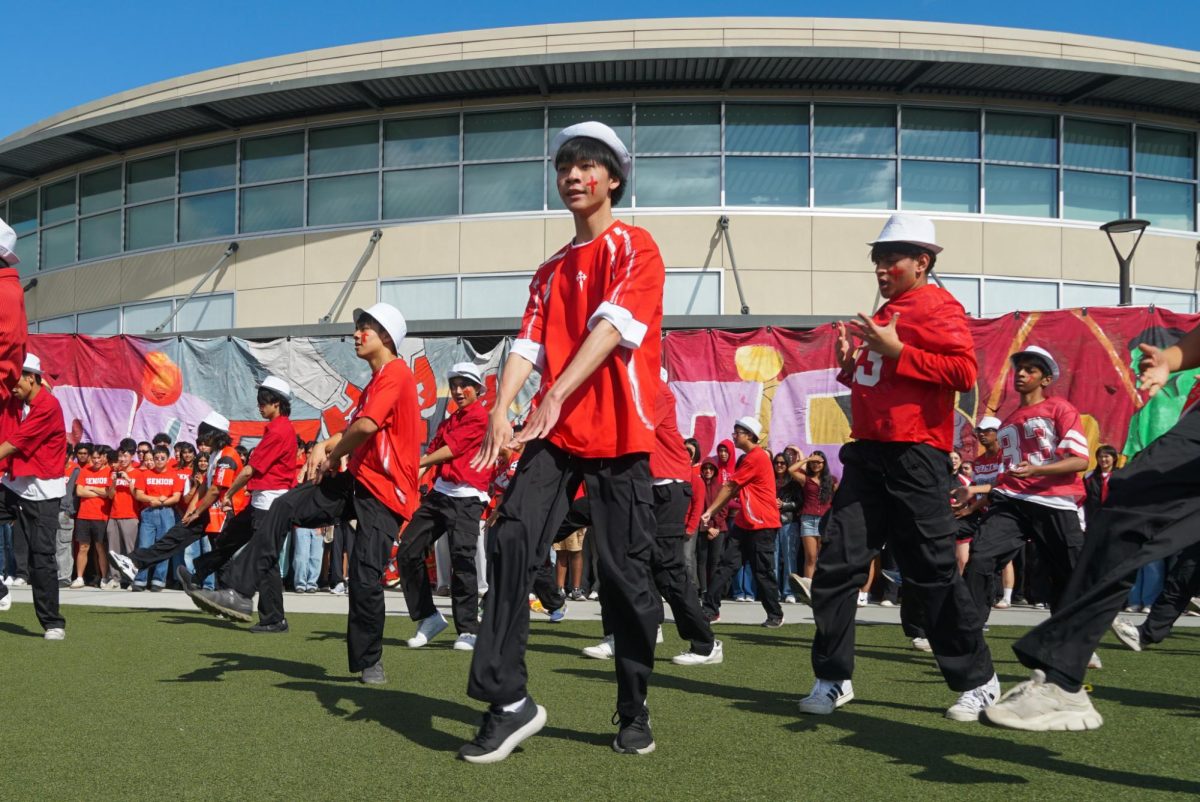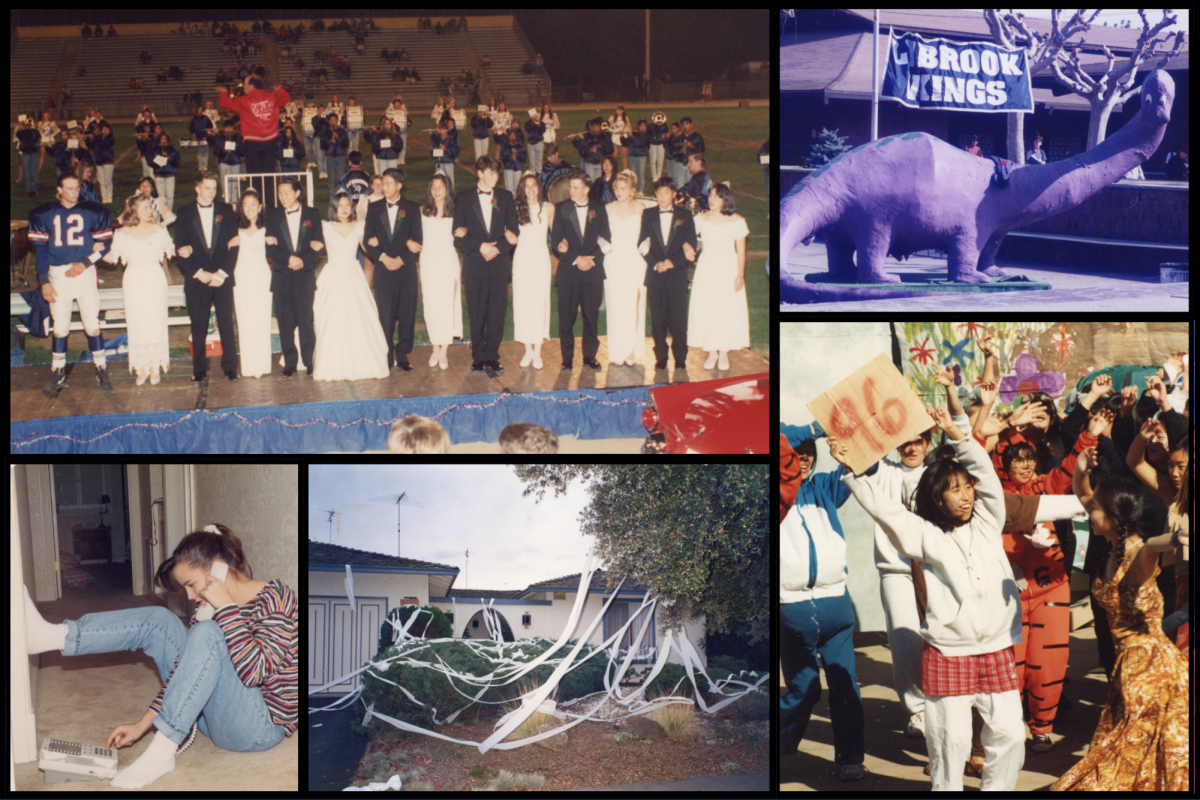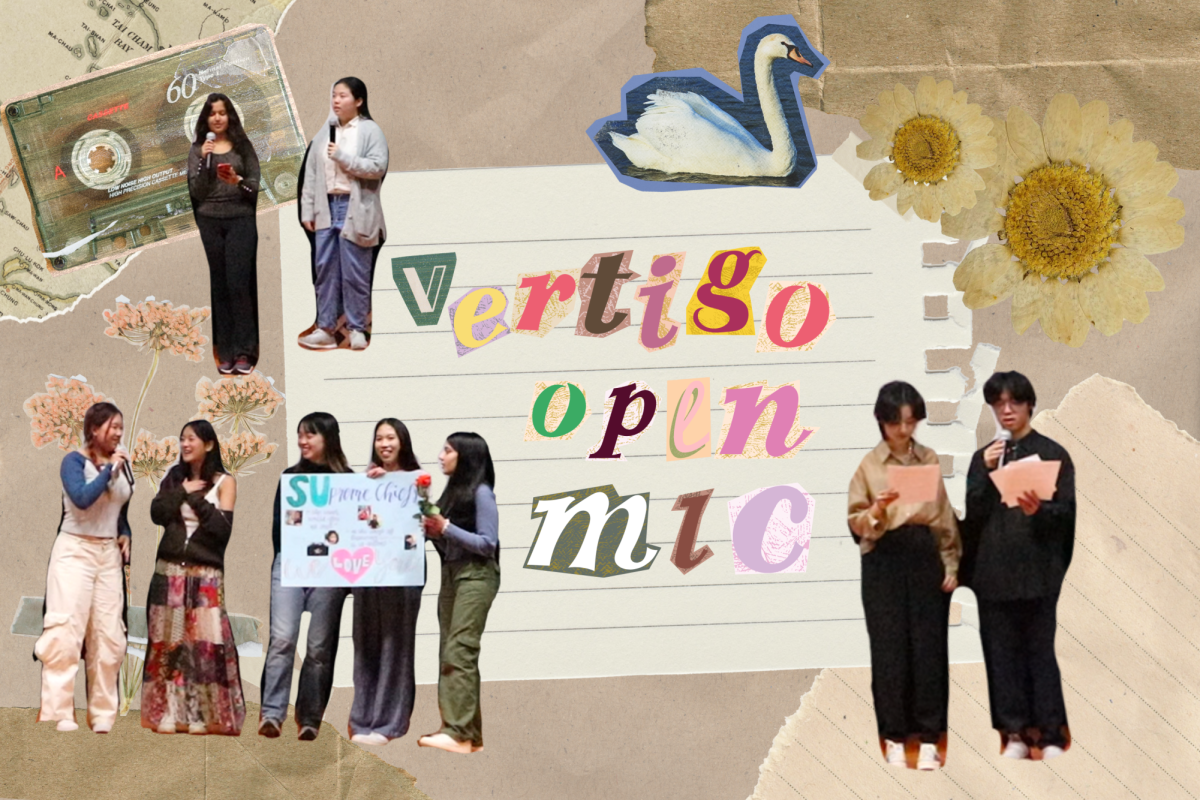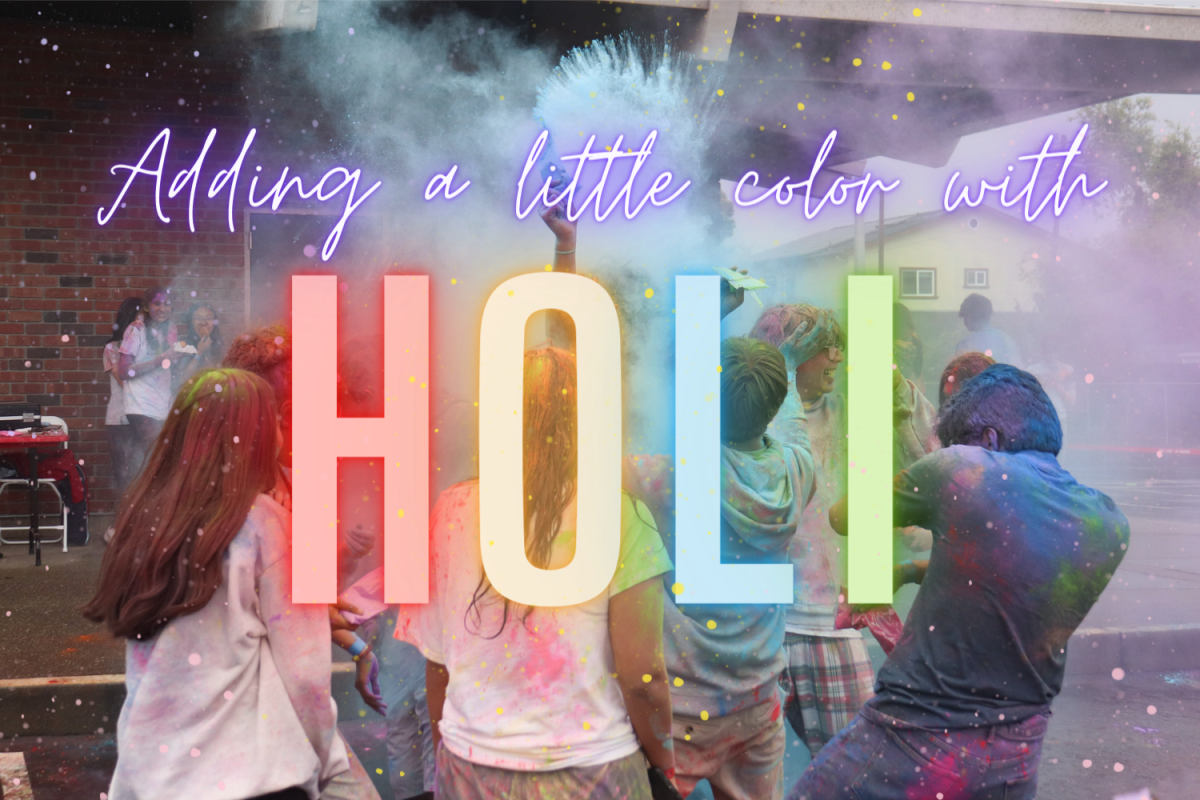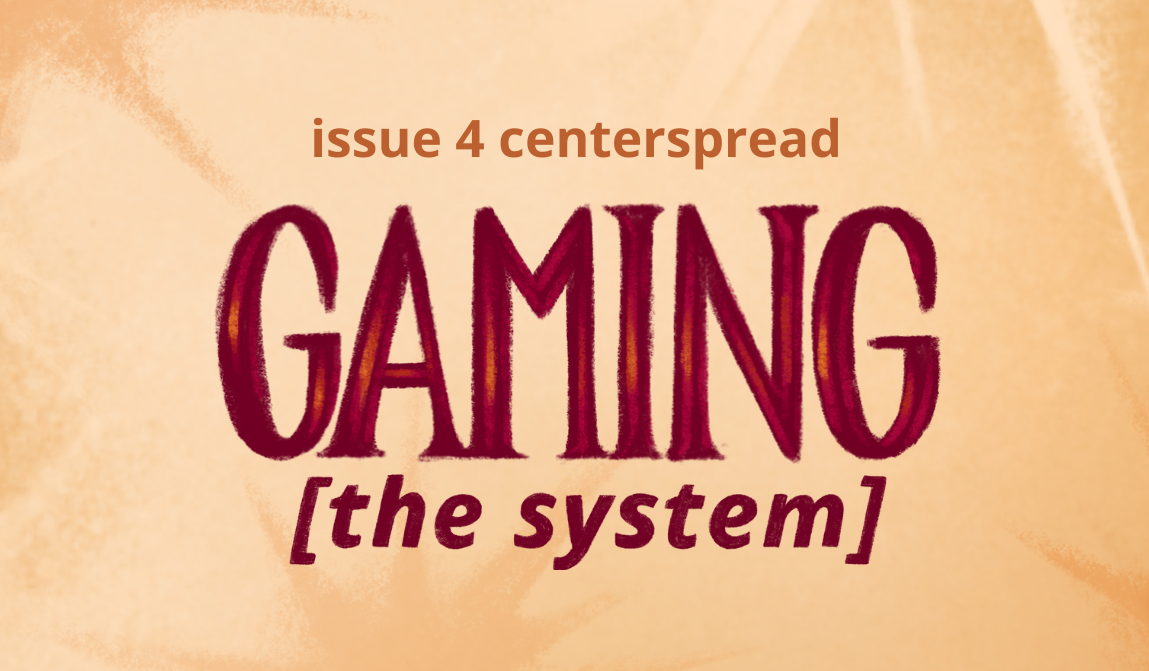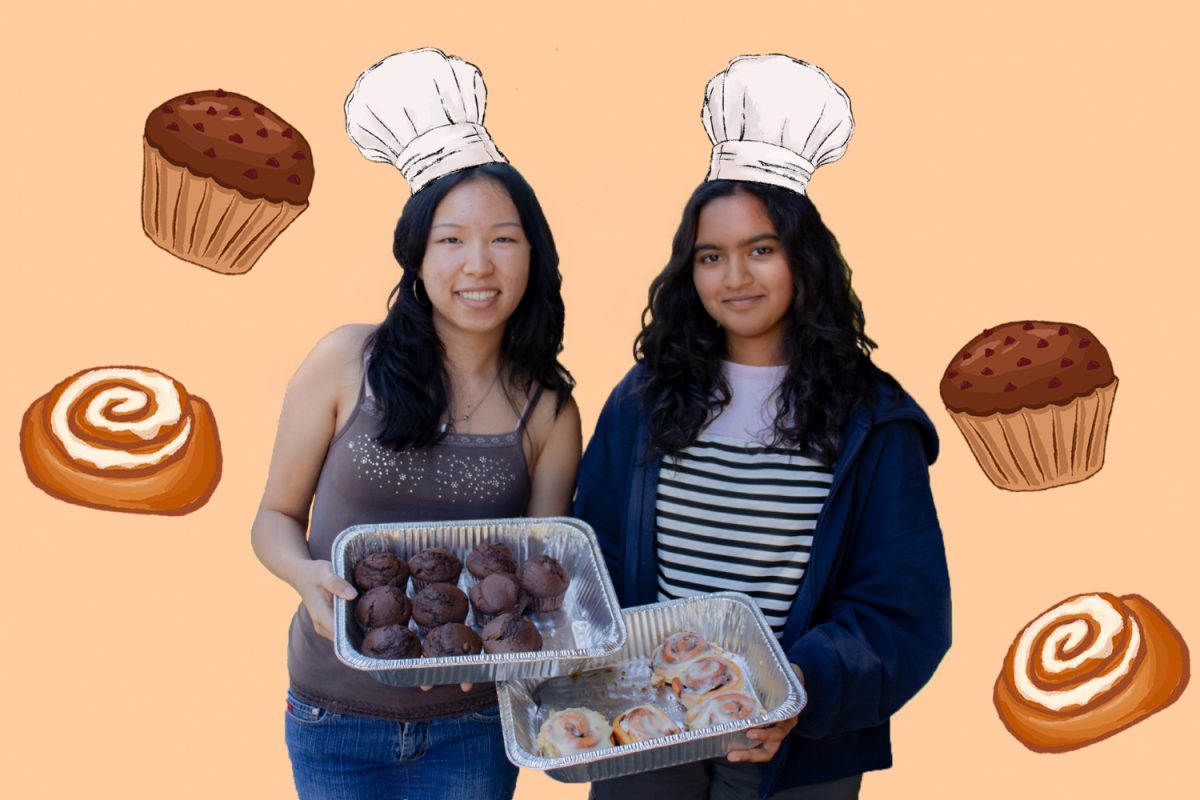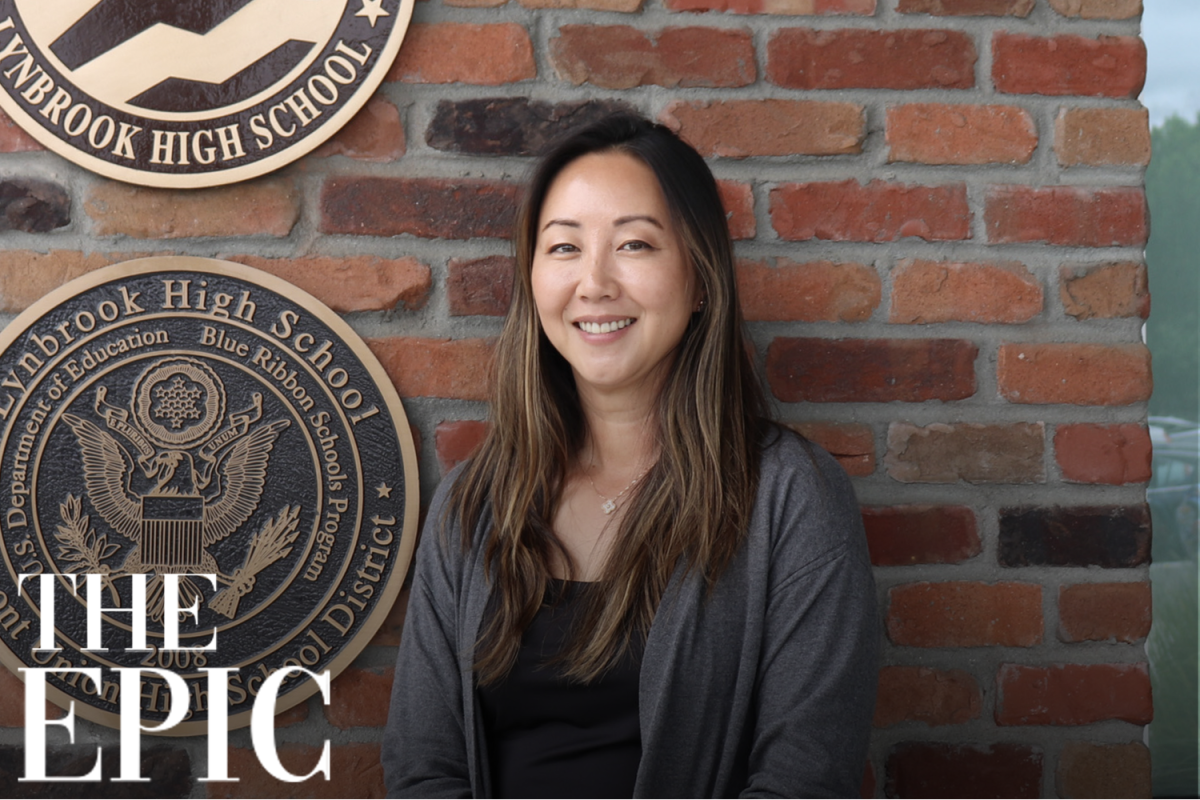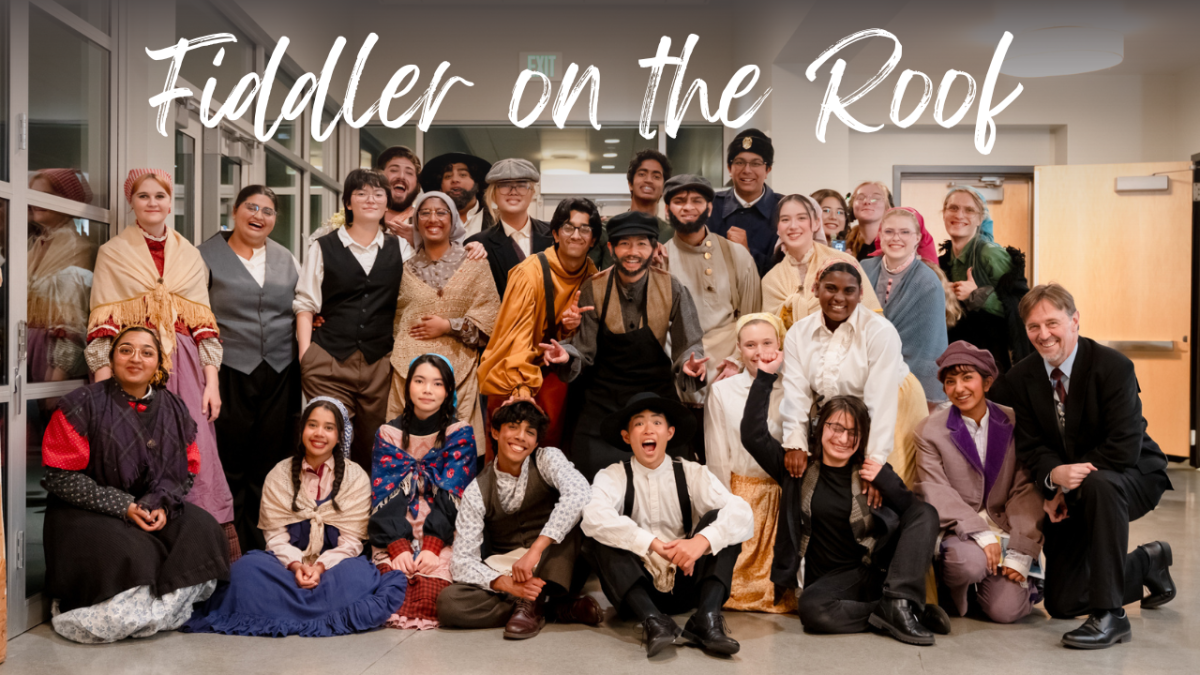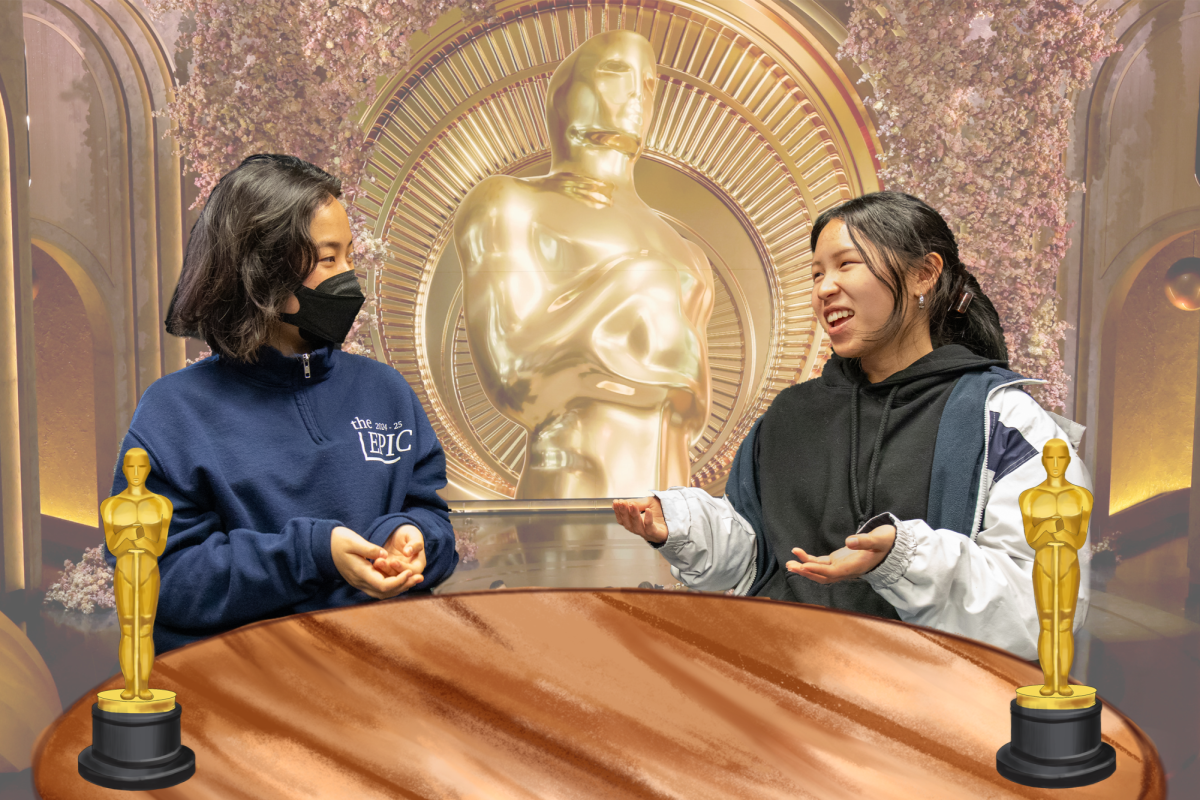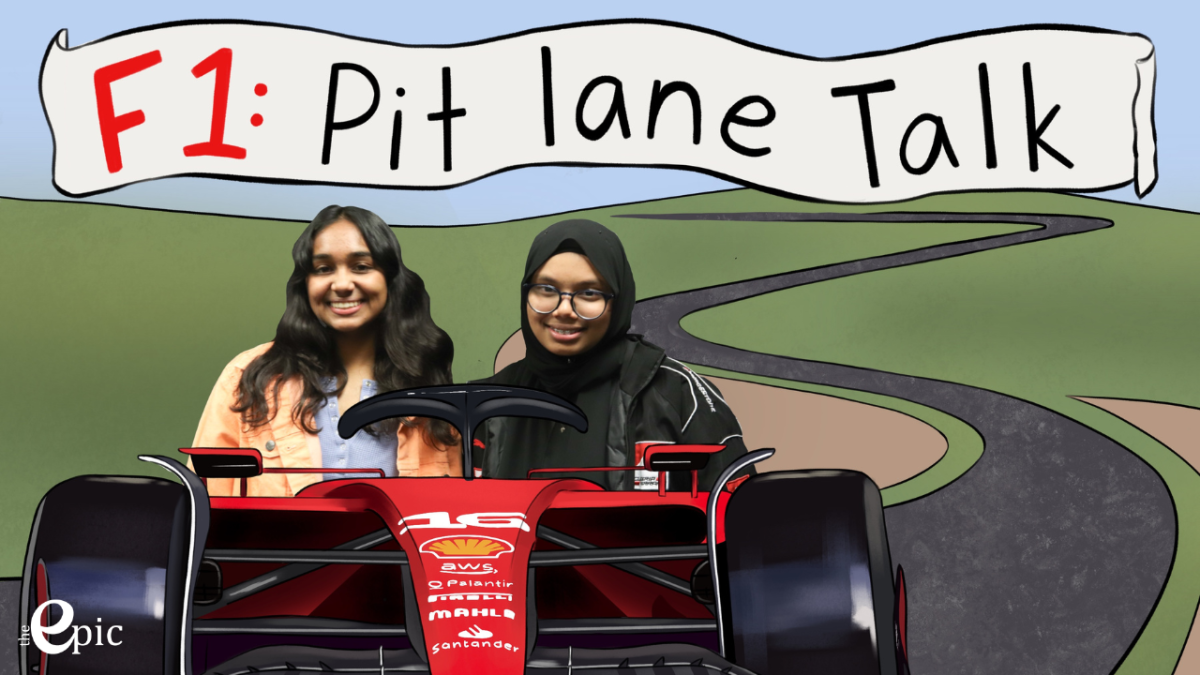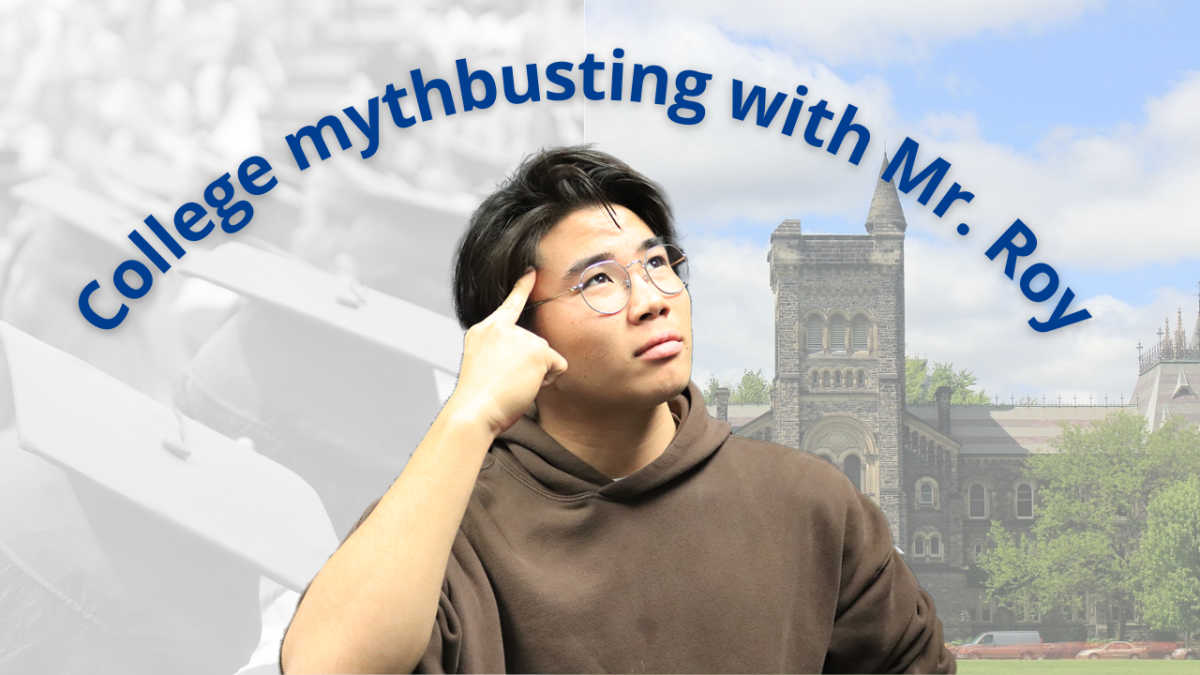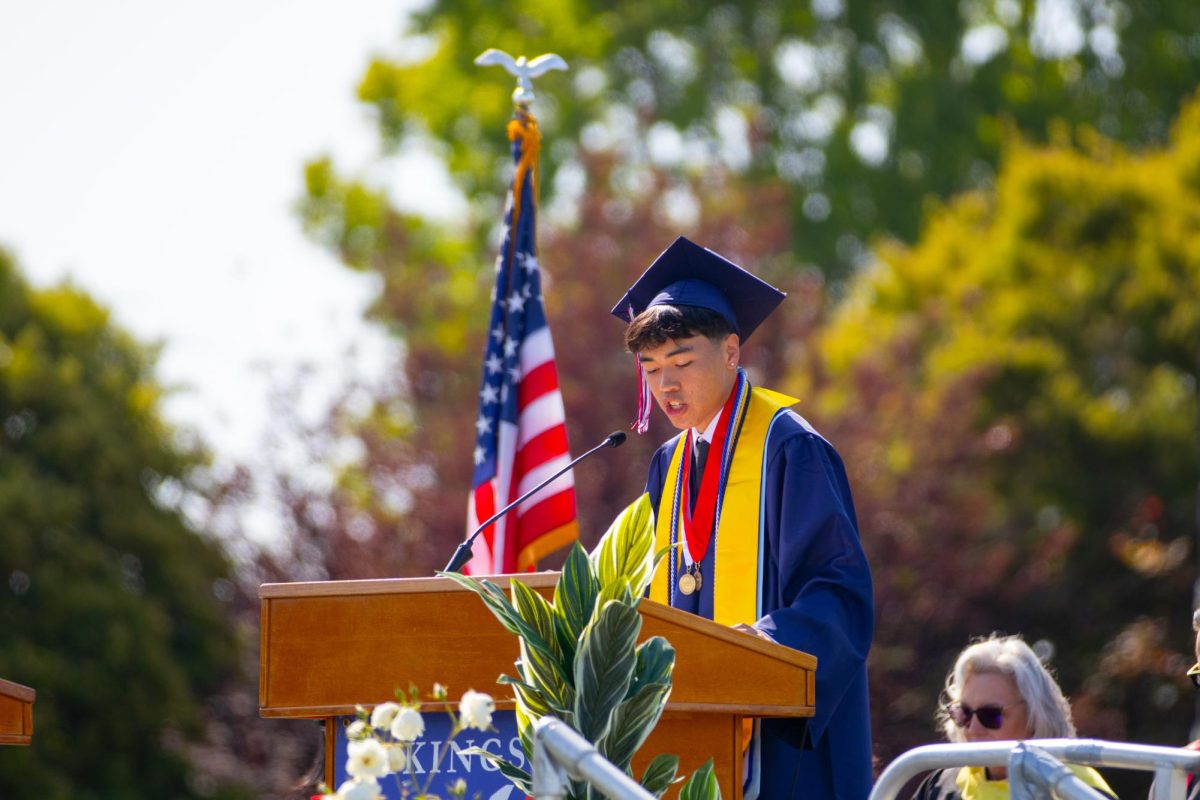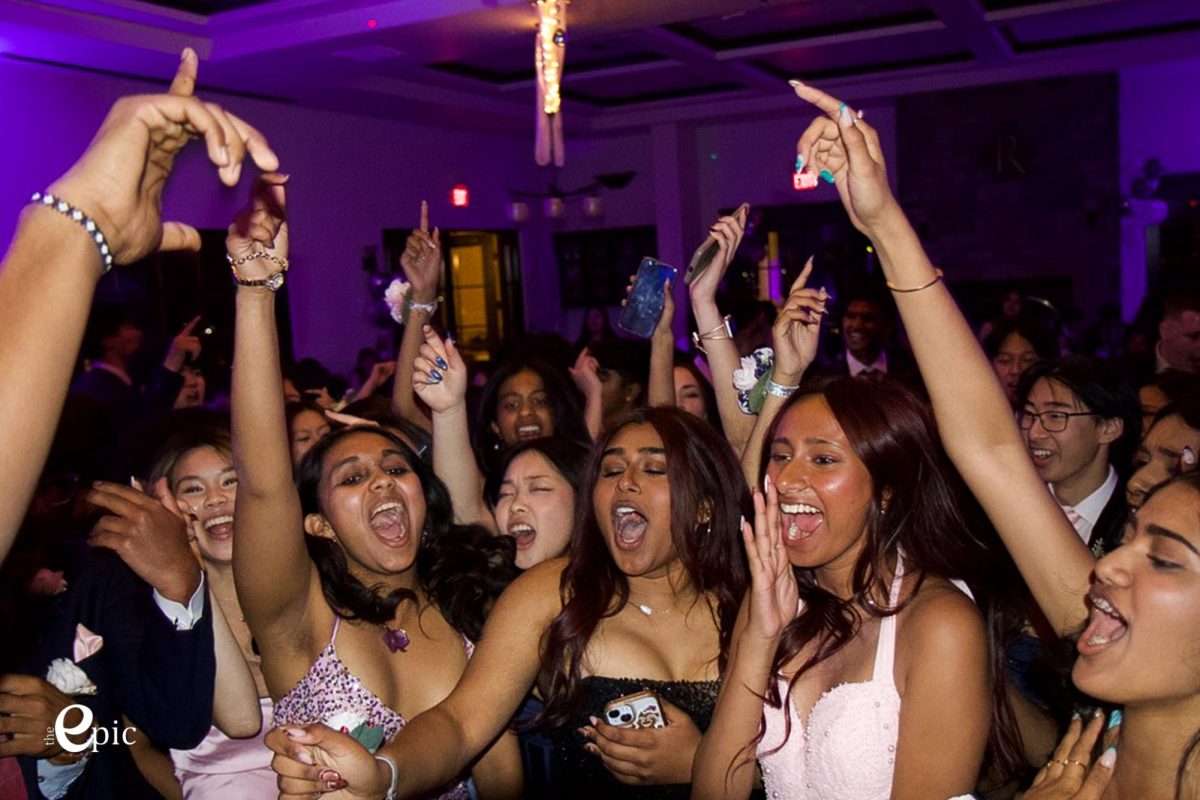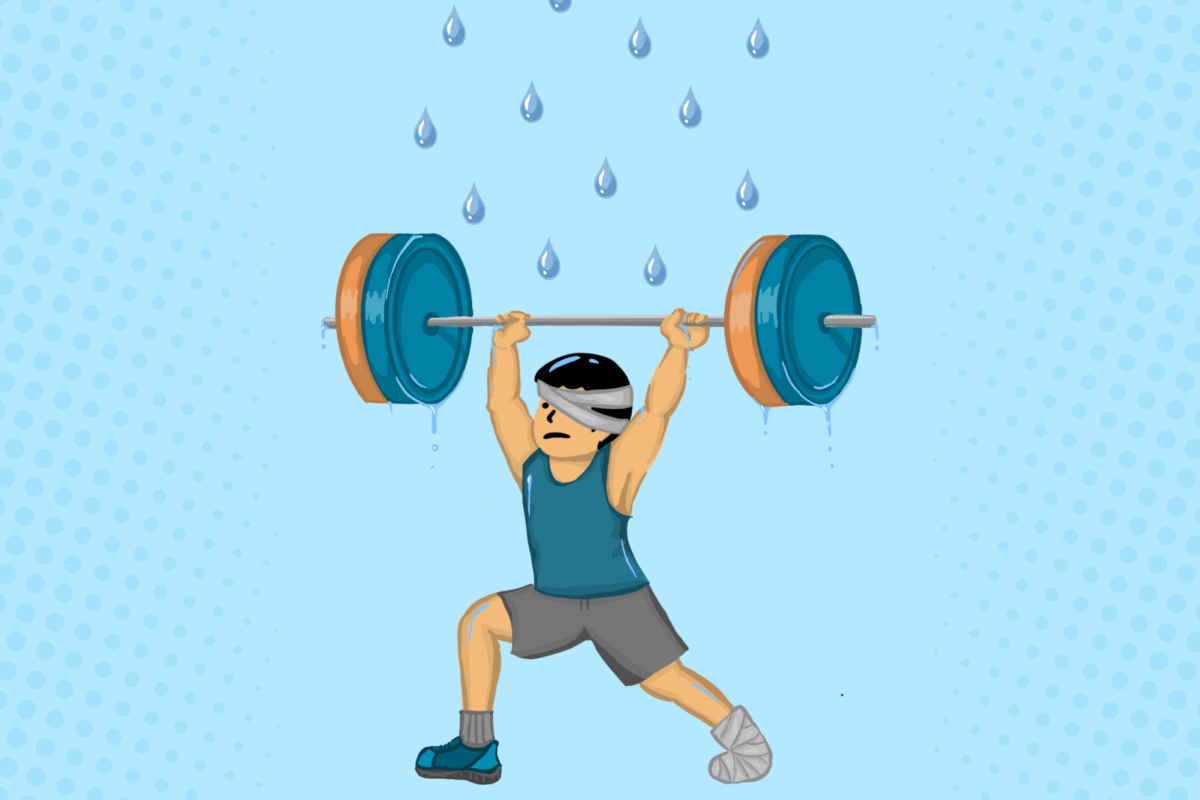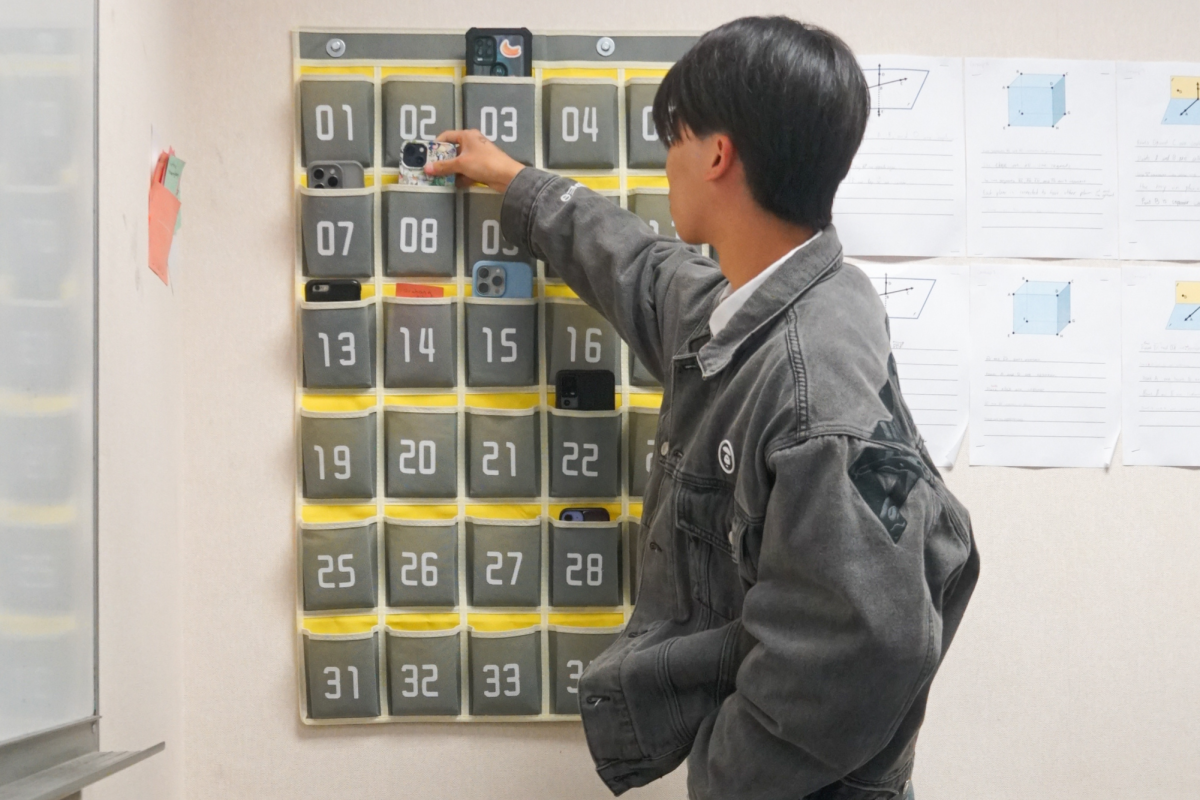
Air rushing past my ears, my back smacked the ground for the 25th time. Despite knowing that I wouldn’t truly get hurt, my heart raced each time my legs gave way. Somewhere deep inside, I had doubts that I would be able to learn these techniques; flashes of hypothetical scenarios emerged where I would freeze like a deer in headlights.
Initially, I looked questioningly at Seike Sensei, our Martial Arts Club instructor, who insisted on teaching us how to fall. From day one, he had made it clear that the club wasn’t going to be a typical blend of martial arts. Unlike the flashiness of wushu or the fierceness of taekwondo, our style was a mix of Japanese aikido and practical street self-defense techniques.
So as I struggled learning the proper way to roll from a height without breaking my bones — starting with wobbly barrel rolls on my side before doing smoother rolls over my shoulder — the image of a stronger, more independent version of myself bloomed in my mind. At my inconvenient height of 5 feet 1 inch, the world can seem scary sometimes. Perhaps martial arts was the shield I needed.
With countless hours of strenuous training on Friday afternoons, I subconsciously found myself anticipating the new techniques he threw at us, challenging my instinctual fear to back out. Physically and mentally exhausted at the end of the week, I braced myself to stand up after each fall, quietly checking if anyone saw. But soon, the imaginary stares faded, and I got up — swifter, stronger, steadier than before. The rush of adrenaline and satisfaction that followed often eased any lingering stress I felt at the end of the week.
Perhaps the art of “falling” that Seike Sensei taught us would be better described as how to recover from falling. Knowing I would fall and feeling prepared to do it all over again sparked a shift in me. As much as I hesitated initially, the repeated drills proved to me that, in spite of my inexplicable worries, everything would be alright.
Indeed, half of Martial Arts Club was the techniques, and the other half was the lessons behind them. We were a self-defense-based class, learning moves to respond to dangerous situations, not provoke them. The mentality that Seike Sensei drilled into us was how to protect ourselves, and it was something I later adopted to build confidence in my abilities, both physically and mentally. Walking home from practices at night, I remember feeling safer, knowing I could protect and defend myself.
Determined to spread the same sense of empowerment I felt to more students, especially female peers, I applied to be the public relations officer in sophomore year, as only one other girl trained alongside me in a room full of boys. Through posts on Instagram and ASB Club Spotlight, I showcased the club as a “self-defense learning opportunity,” rebranding and opening our club to a flood of previously hesitant students.
Continuing outreach efforts as co-president for the next two years, I saw reflections of my past in new female members — the same uncertainty as they tested new moves. And just as it had within me, growing confidence gradually replaced their insecure gazes. The buzz surrounding our club spread across campus, encouraging more students to explore beyond their limits. I never imagined myself as passionate about a club when I first stepped into the mat room in my freshman year, but for four years, I have never regretted it — falling in love with the art of “falling.”

